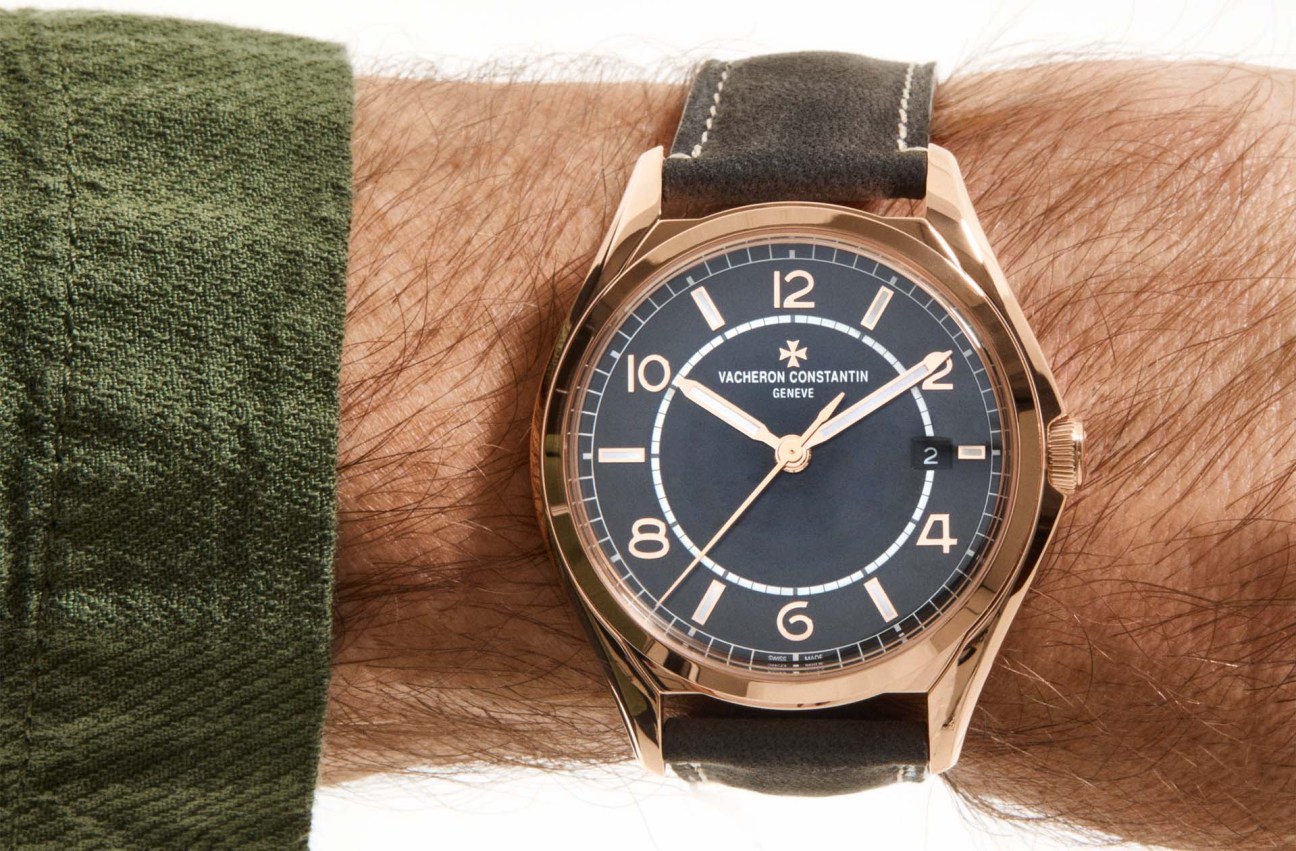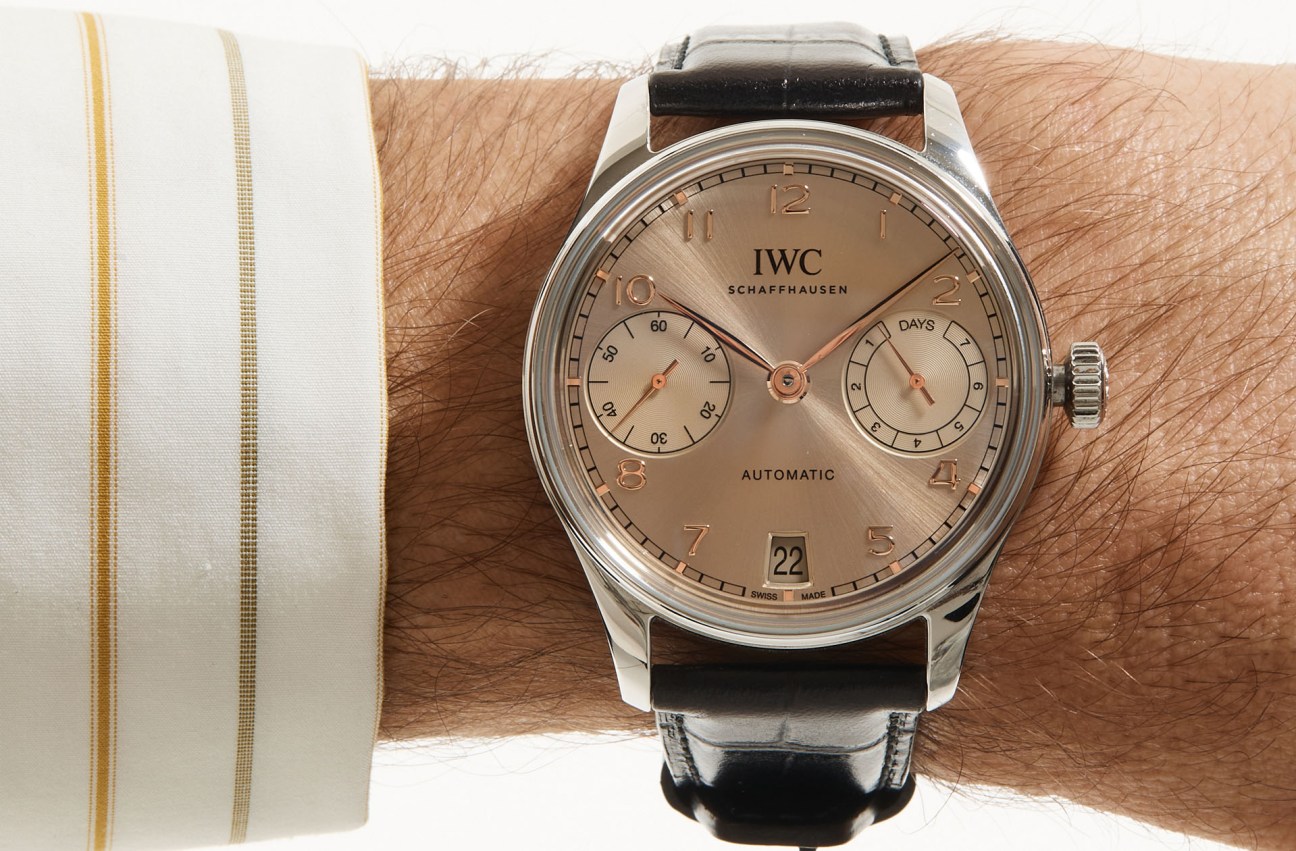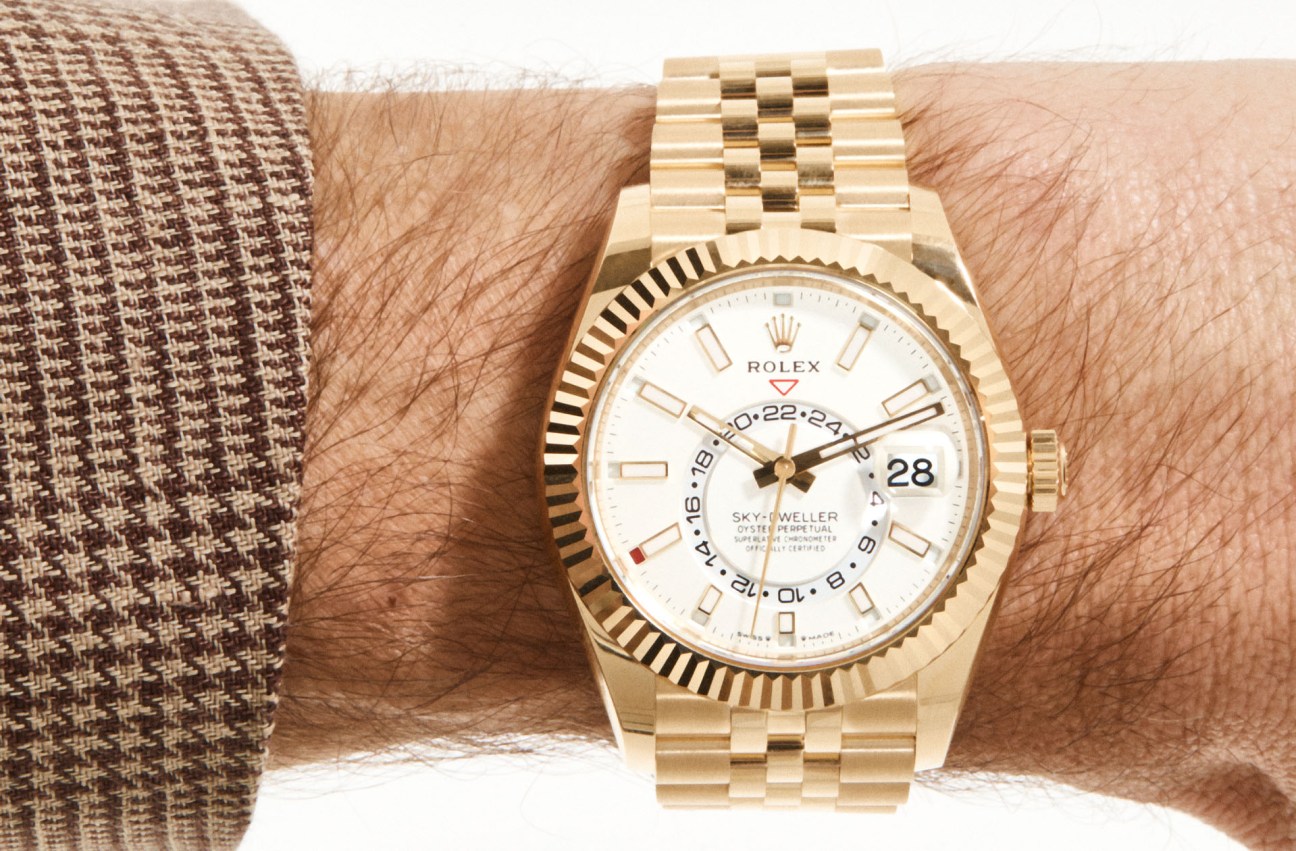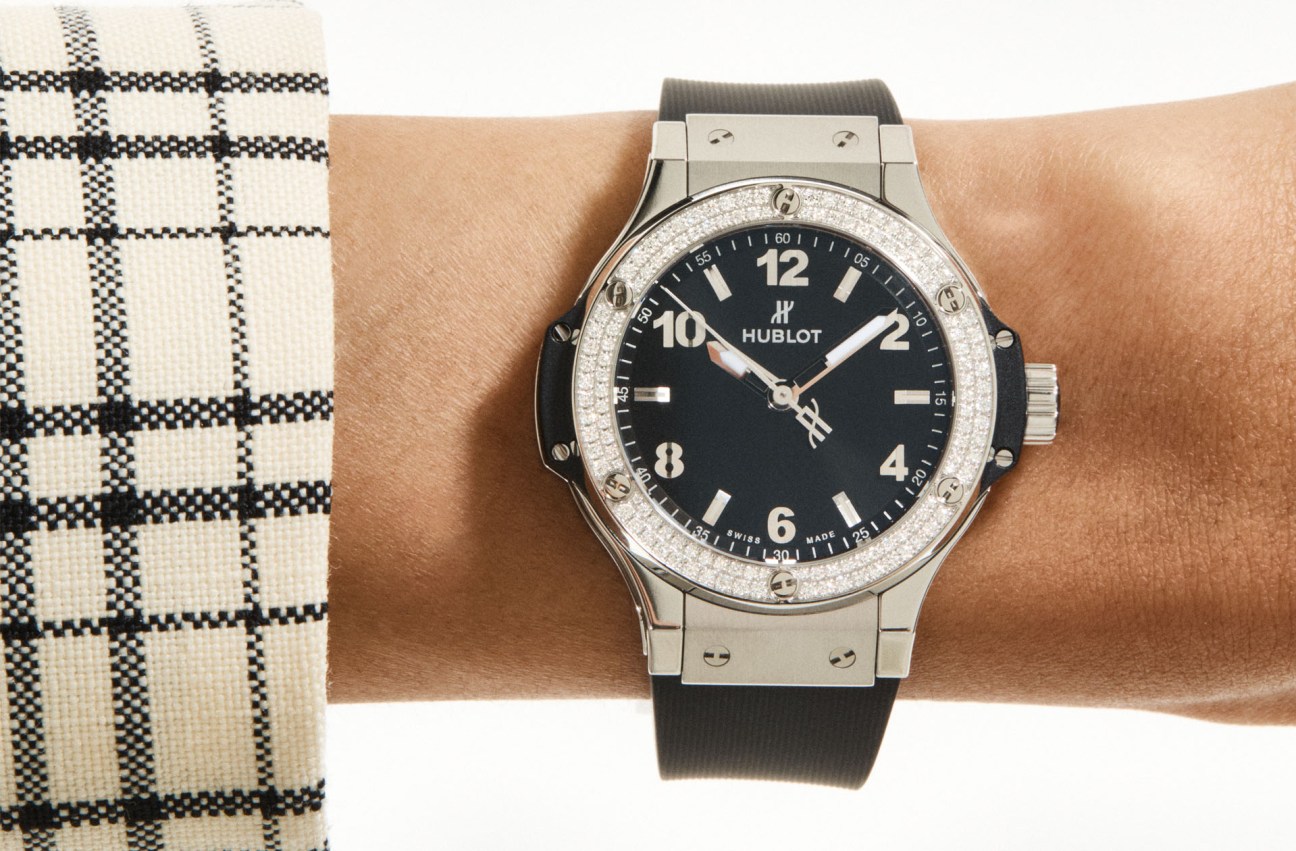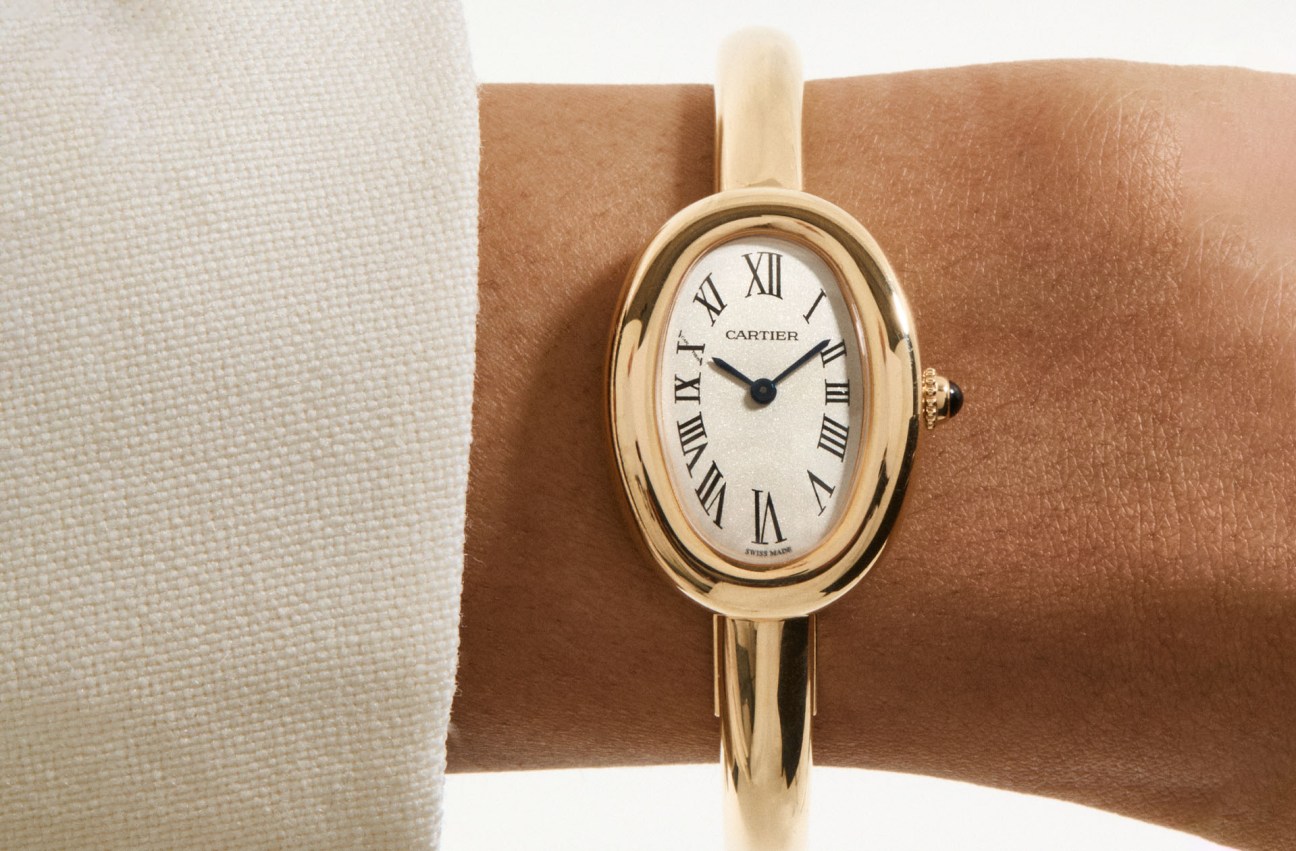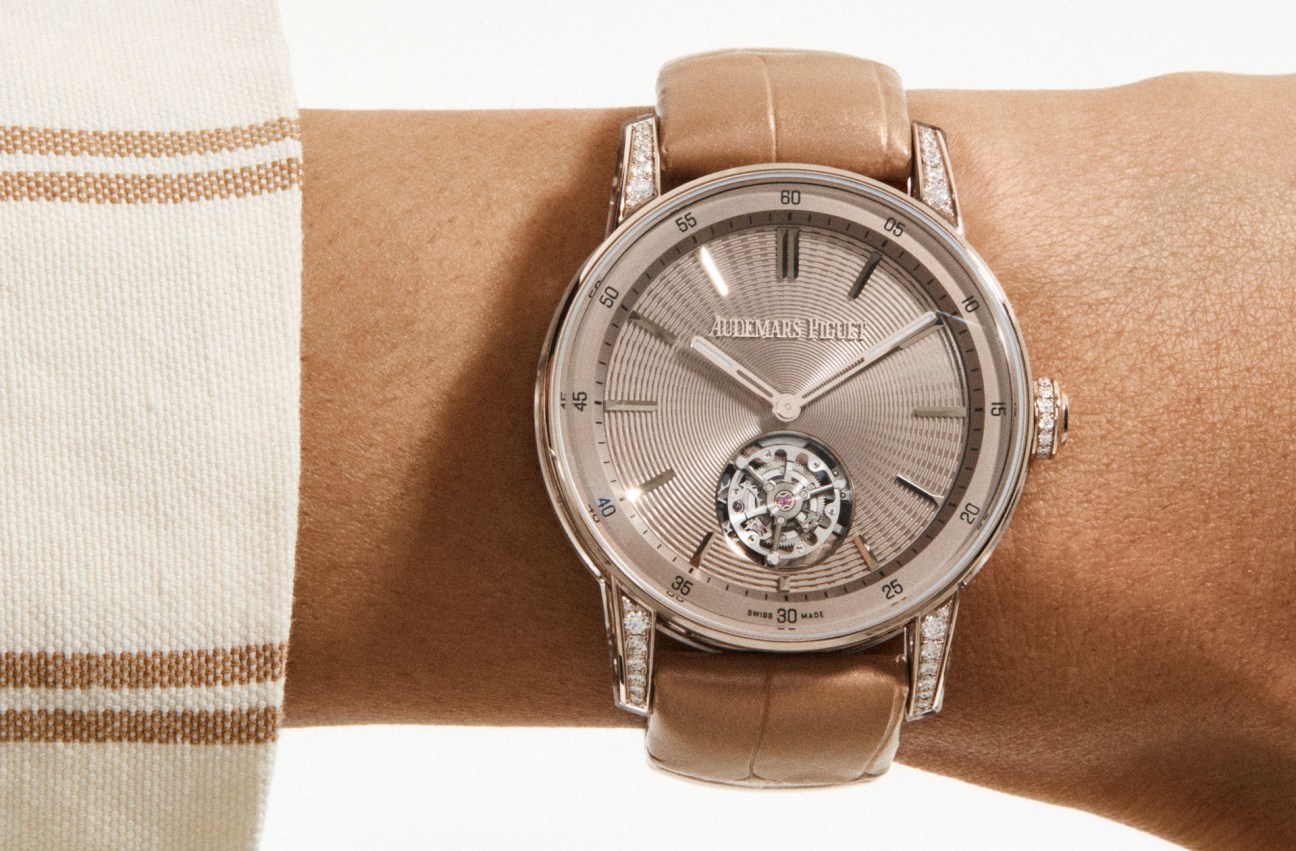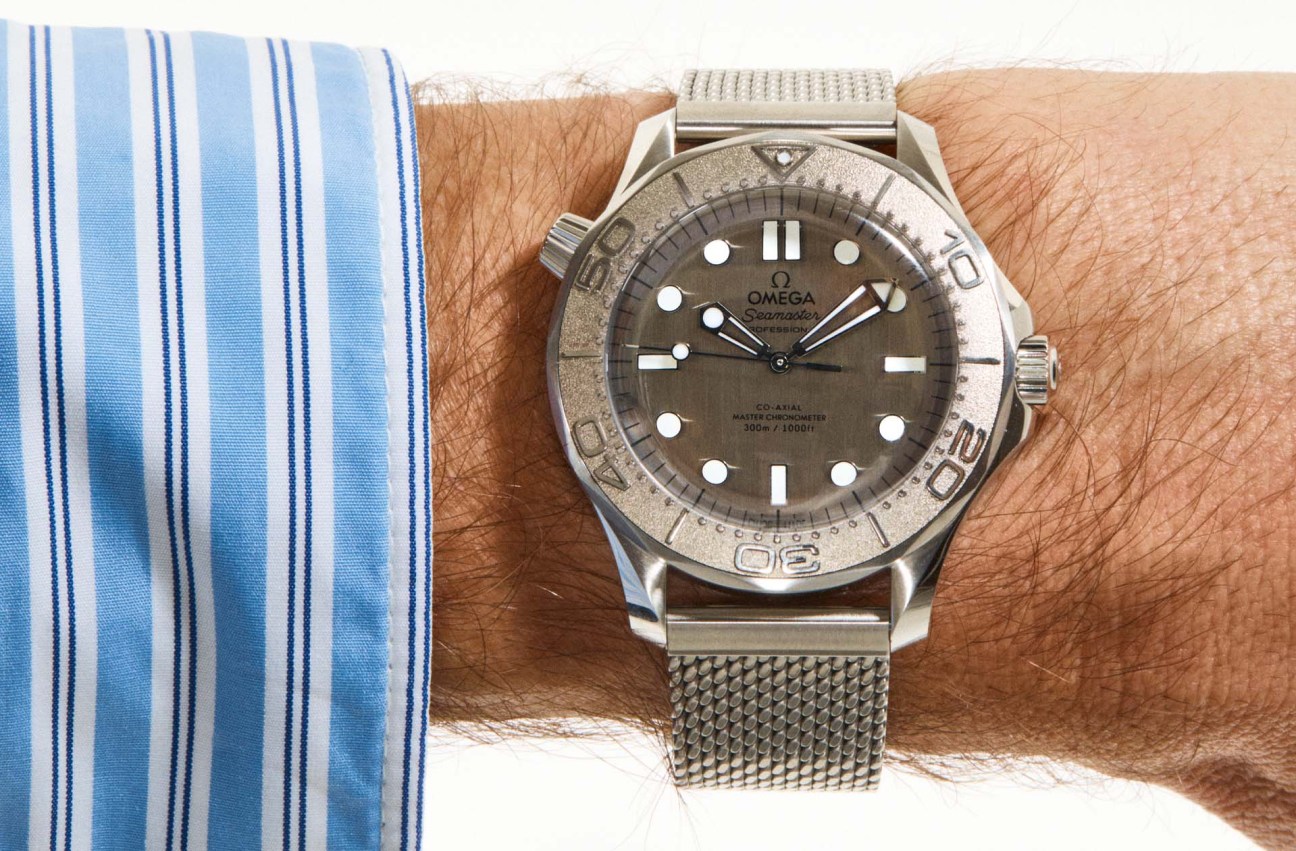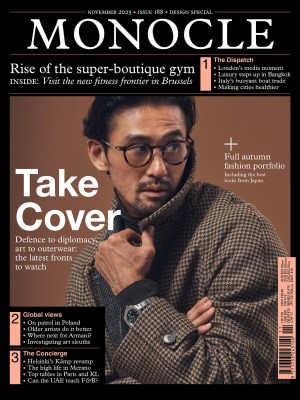Style Directory: Our top 25 seasonal styles
Spring signals a wardrobe refresh. To help you in the endeavour, we have scoured fashion runways and designers’ studios around the world to help you rethink your staples and statement pieces.
For our seasonal rundown of the best in spring style, we present the top designers, creatives, products and brands on our radar – from the irreverent bursts of colour on a new Prada trainer to Saint Laurent’s fresh take on double-breasted blazers. Plus: the luxury watches making us tick.

1/25
Tod’s
Italy
Tod’s has been an authority in leather goods for decades but ready-to-wear has made up a smaller part of its business. Things are changing under Matteo Tamburini, its recently appointed creative director. For spring he is combining lightweight tailoring with breezy cotton shirts, draped dresses and pleated leather pieces. His sunny colour palette has also been a crowd-pleaser. Expect Tamburini’s star to rise even higher in his new role.
tods.com

2/25
Informale
Australia
Melburnian menswear label Informale is bringing Neapolitan flair to its home city. After working for luxury labels such as Zegna and Gucci, Steve Calder, the brand’s co-founder and creative director, decided to introduce a more relaxed suiting approach to Australia, chiming with the country’s sunny lifestyle. “Men here want to dress up but aren’t necessarily comfortable in a suit,” says Calder. “So we started to make linen trousers that can be worn with tailored blazers. And from there, we grew through word of mouth.”
Informale’s core collection includes shirts, utility vests, knitwear and high-waisted tailored trousers that capture the smart-yet-breezy look that Australians do best.
The brand’s main atelier is in Melbourne; it also works with specialists in the city, as well as shirt-makers in Naples. “We move at a slower pace but it works in our favour,” adds Calder. “I like a brand that has a romantic story behind it.”
informale.com.au
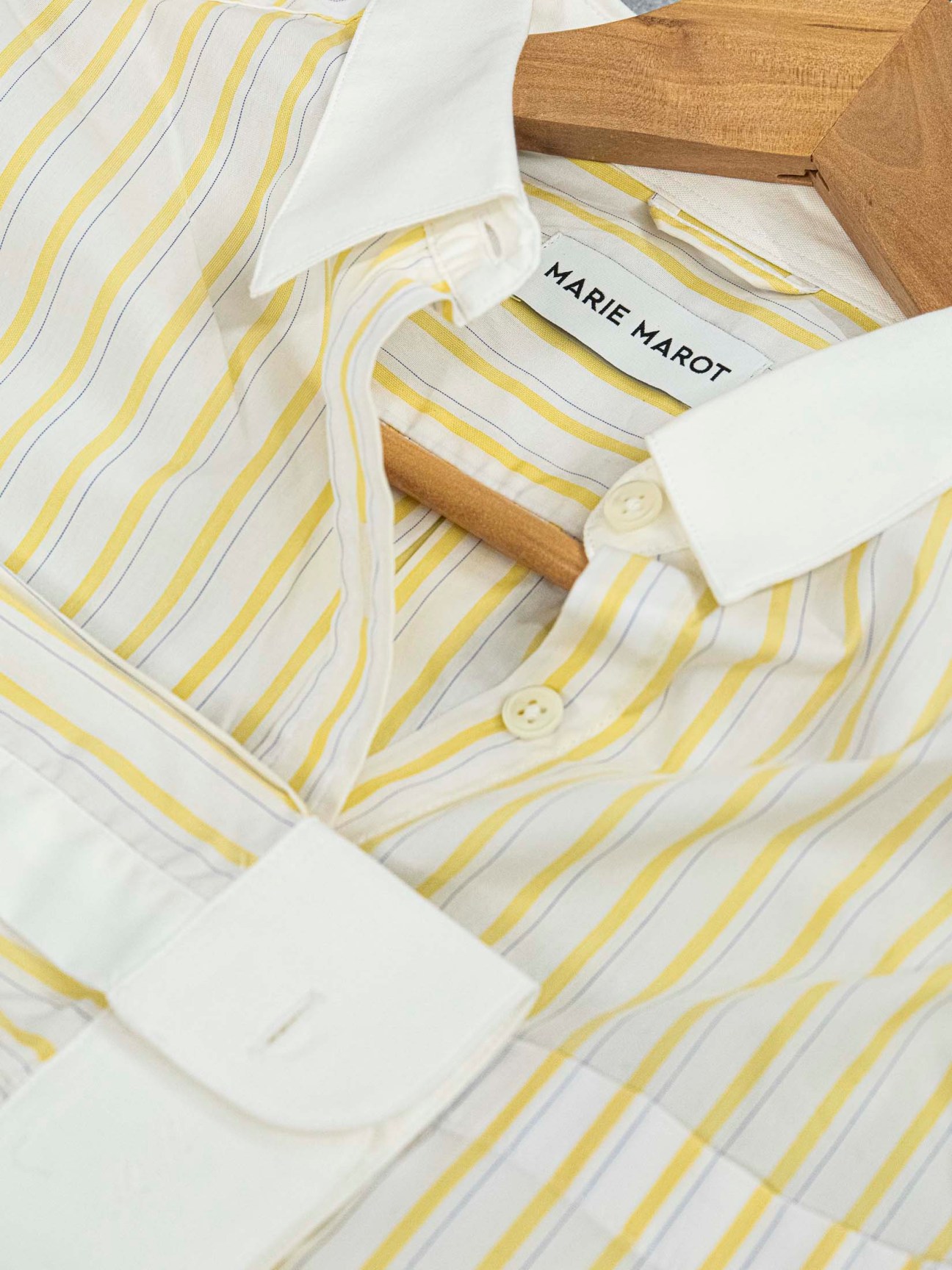
3/25
Marie Marot
France
After several years working in the film and communications industries, Paris-based Marie Marot decided to launch a business based around shirts. Her label offers appealingly oversized pieces in versatile shades of blue, white and pink, as well as classic check patterns and bright-yellow stripes for the sunnier months.
Marot is her own best customer. You might spot her cycling around the French capital in one of her classic blue garments, often worn under a gilet.
Over a coffee on Place des Vosges, she tells Monocle that she is committed to perfecting her signature designs, which she sells through her online shop at competitive prices.
Sometimes Marot updates her collections with new hues or adds details such as ruffled collars. Mostly, however, she ignores seasonal trends and shuns fashion’s endless search for novelty. “A lot of people bring on investors, expand their collections too quickly and work with hundreds of retailers,” she says. “I want to take it slow and enjoy my life. It’s a much more honest approach.”
mariemarot.com

4/25
Prada
Italy
For their spring/summer 2025 menswear range, Miuccia Prada and her co-creative director, Raf Simons, have added bright pops of colour to their usual dark-grey and chocolate-brown tailored trousers, slim cardigans and leather coats. What they’re seeking to capture is a sense of “optimism”, “freedom” and “fantasy”: monochrome looks are broken up by nylon and suede trainers in hues including sunny yellow and forest green. “It’s the opposite of grandness,” says Prada. “There’s too much of that around.”
prada.com
5/25
A Presse
Japan
Kazuma Shigematsu has been collecting mid-century furniture for decades: wooden chairs, decorative objects and cabinets from Scandinavia and Japan, as well as France, Brazil and the US. “I like to mix cultures and tastes but there’s always the same feeling,” he says from his Paris showroom, where a postmodern chair with leather cushions sits in the corner. Vintage furniture from the 1950s and 1960s also captures the spirit of Shigematsu’s fashion collections for A Presse, the label that he founded in Tokyo in 2021. “I spent years consulting for larger companies and I was tired,” he says, referring to the ever-increasing pace of the fashion industry.
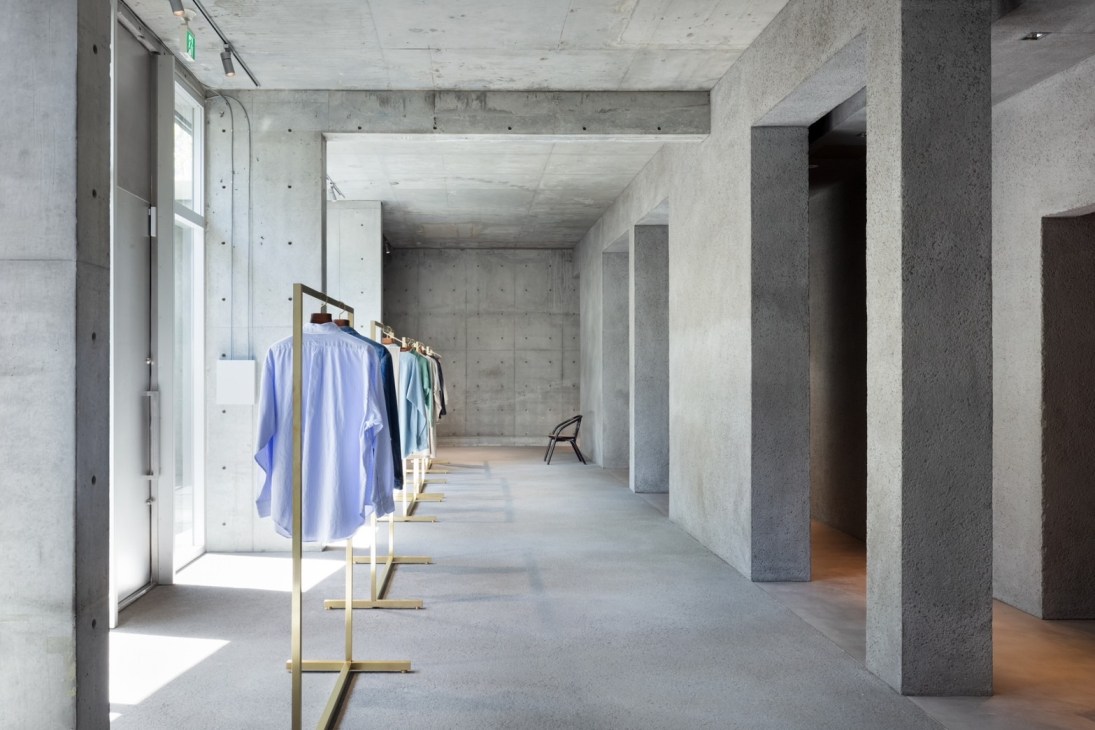
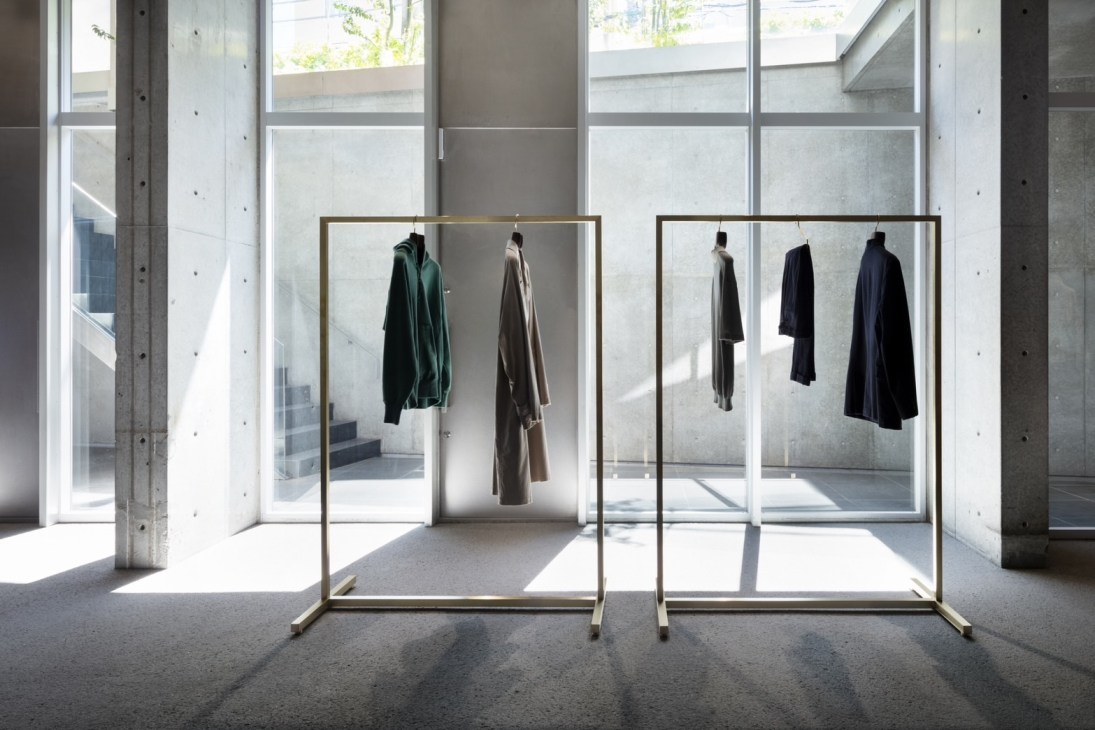
A Presse’s model is the antithesis of mass manufacturing, with limited-edition items designed to improve with age. Shigematsu believes that fashion shoppers should think of themselves as collectors. When it comes to quality, there’s little distinction between a handcrafted wooden chair and one of his leather jackets or workwear-inspired trousers. Silhouettes are executed to perfection, the stitching is done by hand and even the garments’ hangers are hand-carved. “The market has become too much about marketing and logos,” says the designer. “My concept is about understatement and not dressing for others. These clothes are for you.”
While Japan is known for its commitment to craft, this level of artistry is still unusual. “There are many Japanese brands but most are in the middle range,” says Shigematsu. “That can be a good thing but there’s too much focus on price points, cost-saving and marketing.” In such a context, the vintage flair and limited nature of A Presse designs are a breath of fresh air. The label has attracted an international clientele of connoisseurs (the US is one of the brand’s strongest markets) and larger retailers are knocking on its door. But distribution remains limited. A Presse has a few global partners, including e-commerce site Mr Porter, but the best way to access its wares is to visit its Shibuya flagship, where concrete interiors meet thoughtfully selected furniture and meticulously crafted wardrobe classics.

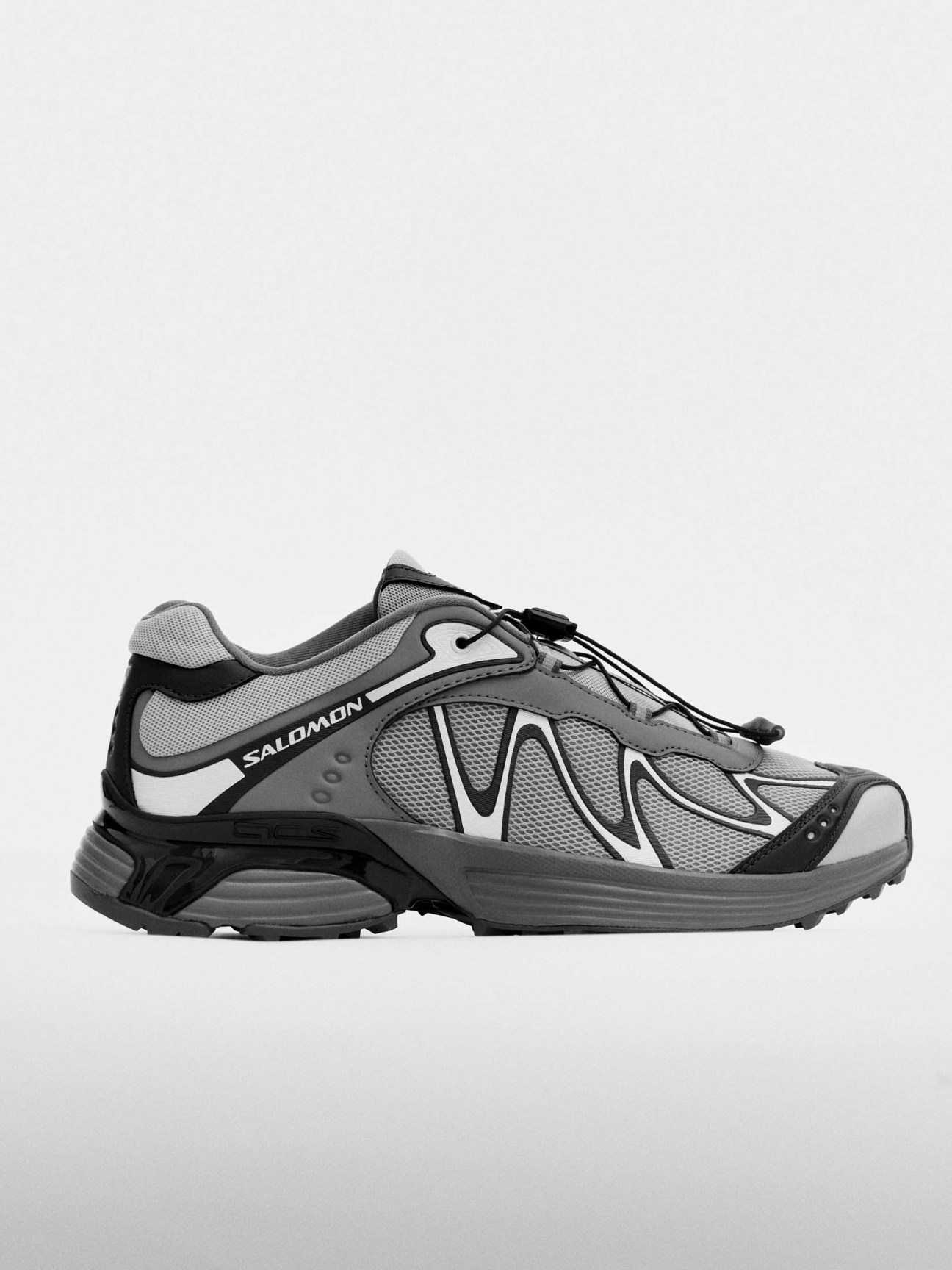
6/25
Salomon
France
Think of Salomon and what comes to mind is technical outdoor gear. Recently, however, the Annecy-based sportswear brand, founded in 1947, has been gaining traction in fashion too. Thanks to collaborations with luxury labels such as MM6 Maison Margiela and New York’s Sandy Liang, Salomon’s trainers have become coveted accessories. The brand’s latest launch, the XT-Whisper, made its debut during Milan Fashion Week. An updated version of the XT Hawk trail style, it has been redesigned with slimmer soles for more urban environments.
salomon.com
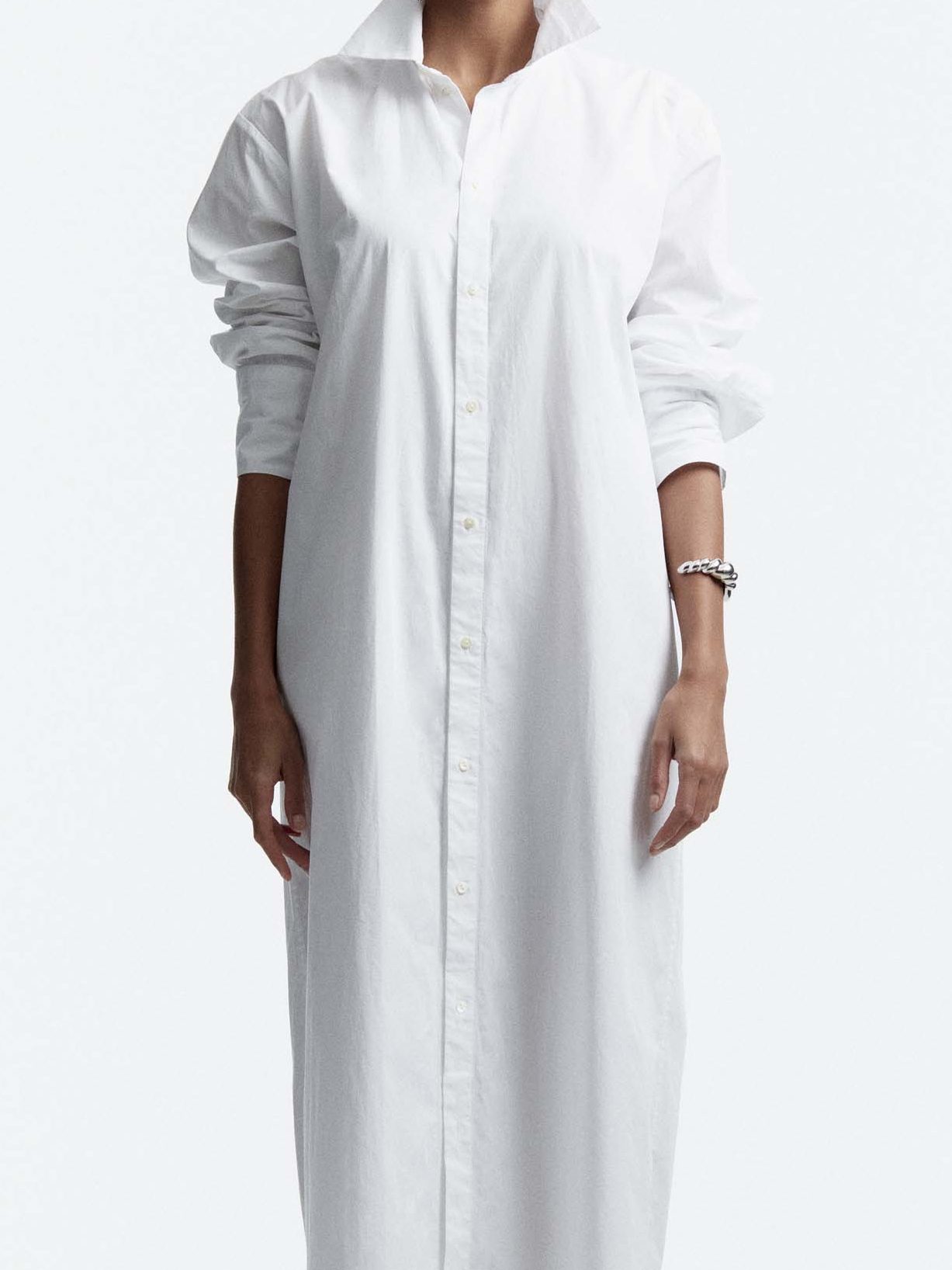
7/25
La Collection
Belgium
“Minimalism is the very essence of well-made clothes,” Florence Cools, a co-founder of Antwerp-based brand La Collection, tells monocle. “Every stitch is visible when the overall look is clean so everything needs to be perfect.”
To ensure that each item meets La Collection’s exacting standards, the brand prioritises natural fabrics, from fine Italian wool to raw silk spun on some of Japan’s oldest looms. These are fashioned into sculptural yet effortless-looking silhouettes – think column dresses in crepe silk, recycled-wool longline coats and linen hourglass blazers.
To finish off the look, Cools has also been working on a new range of gold jewellery, made by hand in the Antwerp diamond district.
“We are doing things the old way but with a fresh design perspective,” says Cools, who often draws inspiration from the works of German-American architect Ludwig Mies van der Rohe and Italy’s Carlo Scarpa. “I can’t walk through a city without looking at the lines, the structures of buildings and colour palettes,” she adds.
A passion for art has also made its way into La Collection’s universe. When you visit the label’s Antwerp flagship, expect to see Cools’ signature black-and-white creations alongside works of art by emerging UK-Belgian painter Eleanor Herbosch, Barcelona-based Aythamy Armas and Japanese artist Kiichiro Ogawa.
lacollection.be
8/25
Marie Adam-Leenaerdt
Belgium
After graduating from Brussels’ La Cambre art school in 2020, Marie Adam-Leenaerdt quickly found work at luxury houses such as Balenciaga. Three years later she debuted her namesake label and found almost immediate success, thanks in part to her experimental silhouettes, sharp tailoring and ability to put on a good show. Department stores including Bergdorf Goodman in New York and Stijl in Brussels bought her pieces; in 2024, LVMH nominated her for its annual design prize.
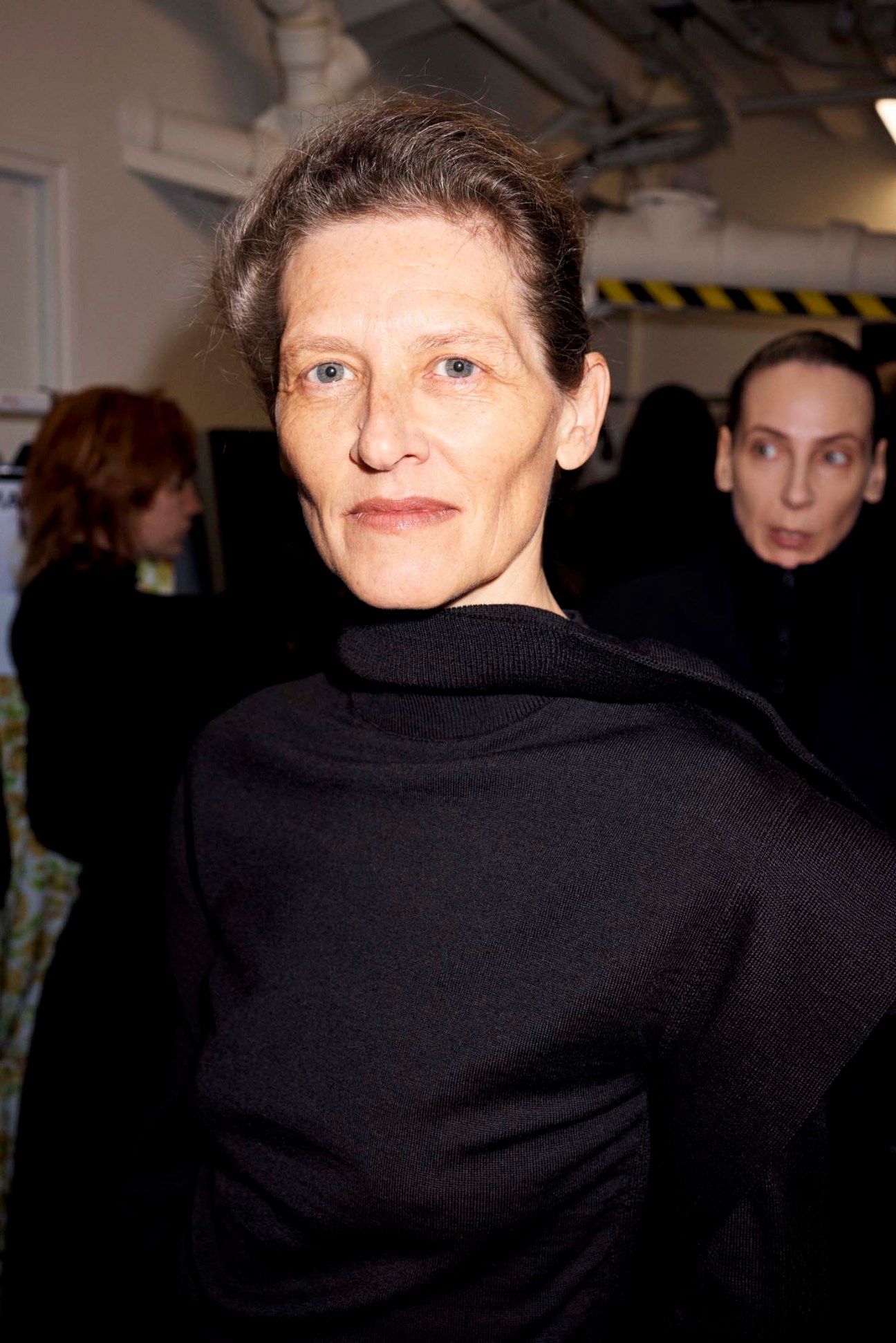
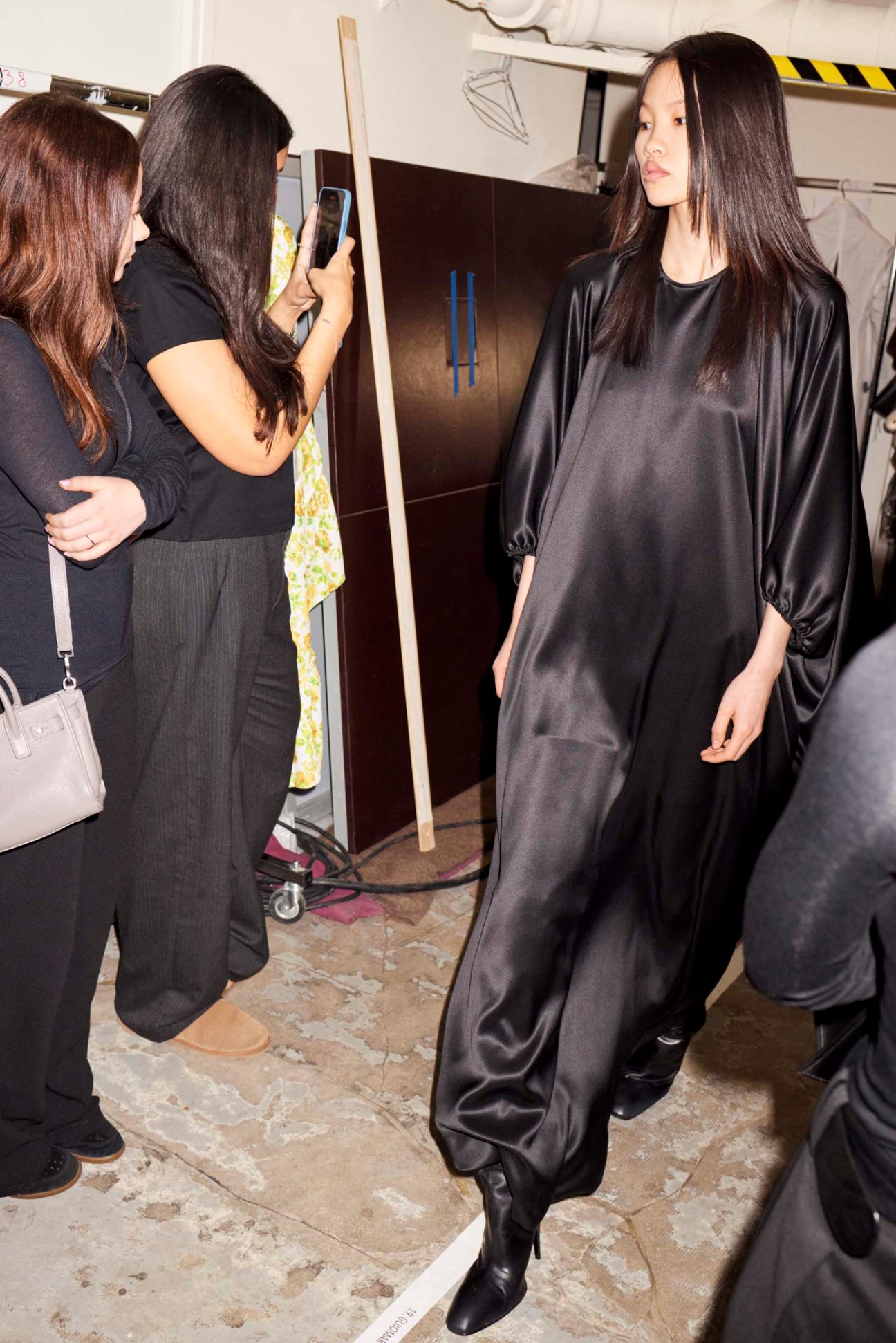
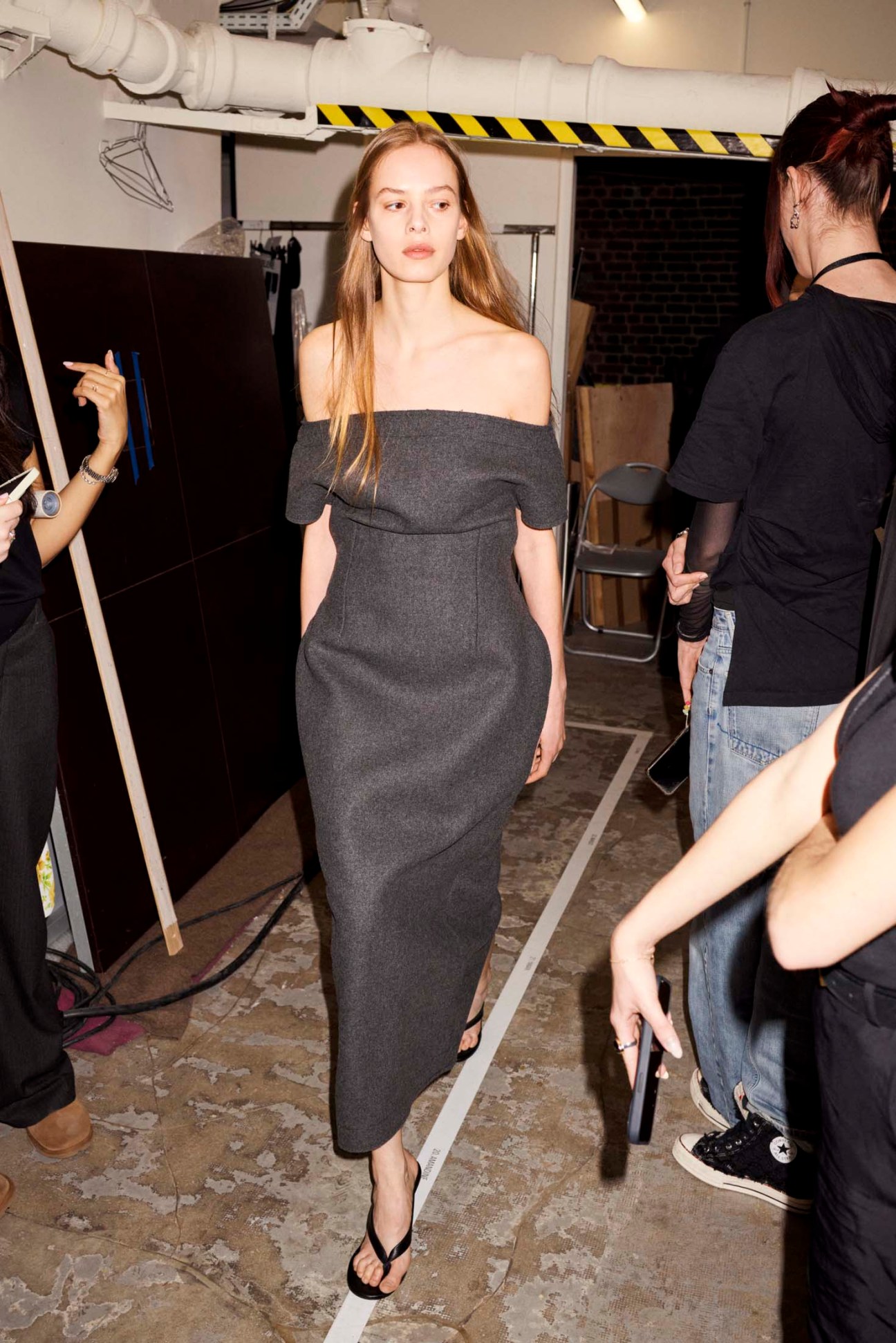
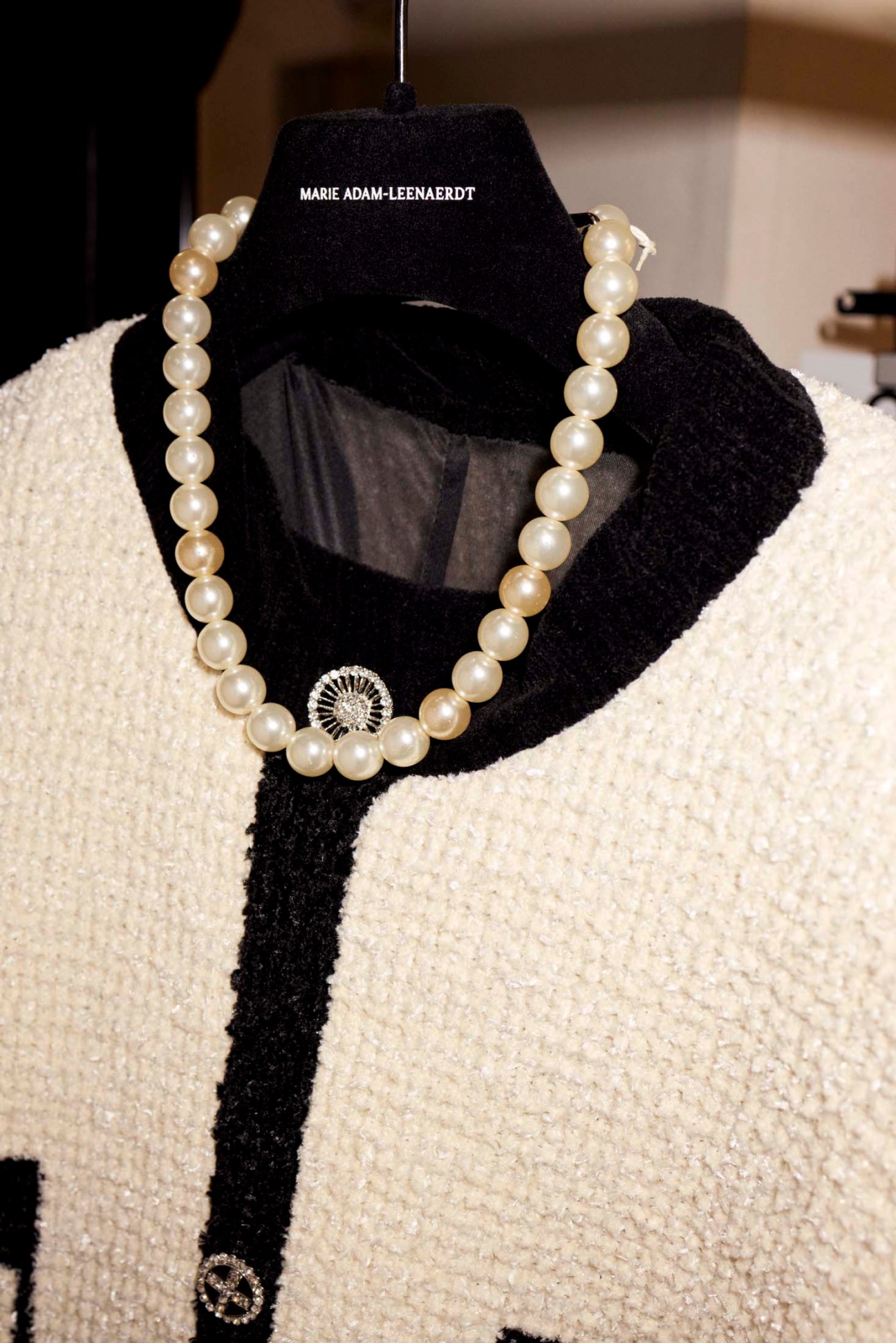
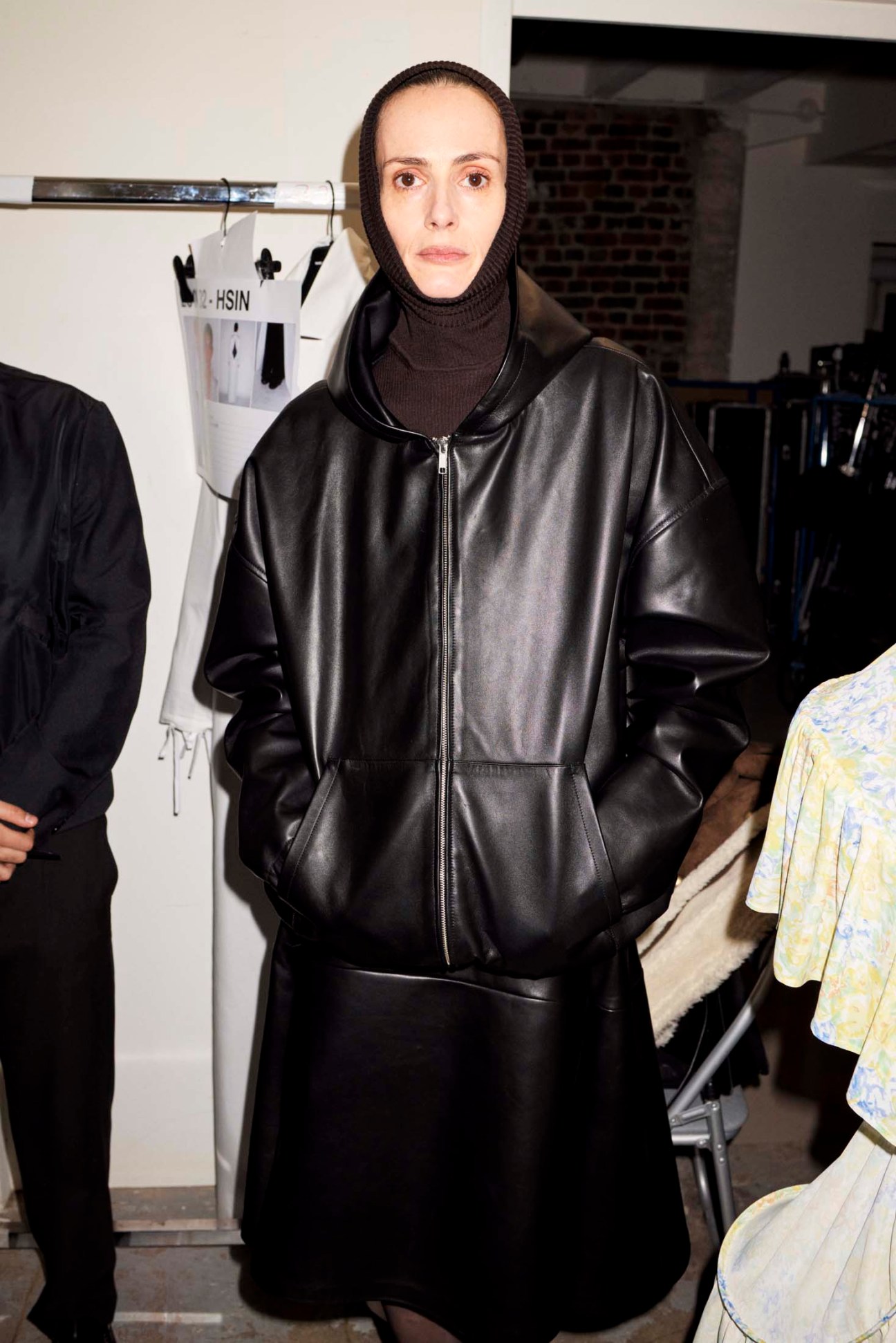
Last year she presented her collection in Parisian brasserie Terminus Nord, serving her guests oeufs mayonnaise while models walked down a makeshift runway. A recent show in March was held at the Galerie Paradis, where she lined up design and standard office chairs for people to sit on. “It raised interesting questions about the transience of fashion versus design,” says Adam-Leenaerdt. She hopes that her work will become collectable and transcend time. “I don’t want to reinvent things every six months,” says the designer. “I’d rather perfect a solid base. And I like dual structures: it’s about questioning how you can create two items in one. Having a Belgian heritage means prioritising ideas before aesthetics.”
marieadamleenaerdt.com
9/25
Connor McKnight
USA
Since launching his eponymous brand in 2020, Connor McKnight has made a name for himself with his sharp suits and ability to combine references ranging from vintage sportswear to 1930s suits. He is intrigued by utilitarian aesthetics, technical details and experimental fabrics, including vintage sleeping bags and South Korean military canvas tents.
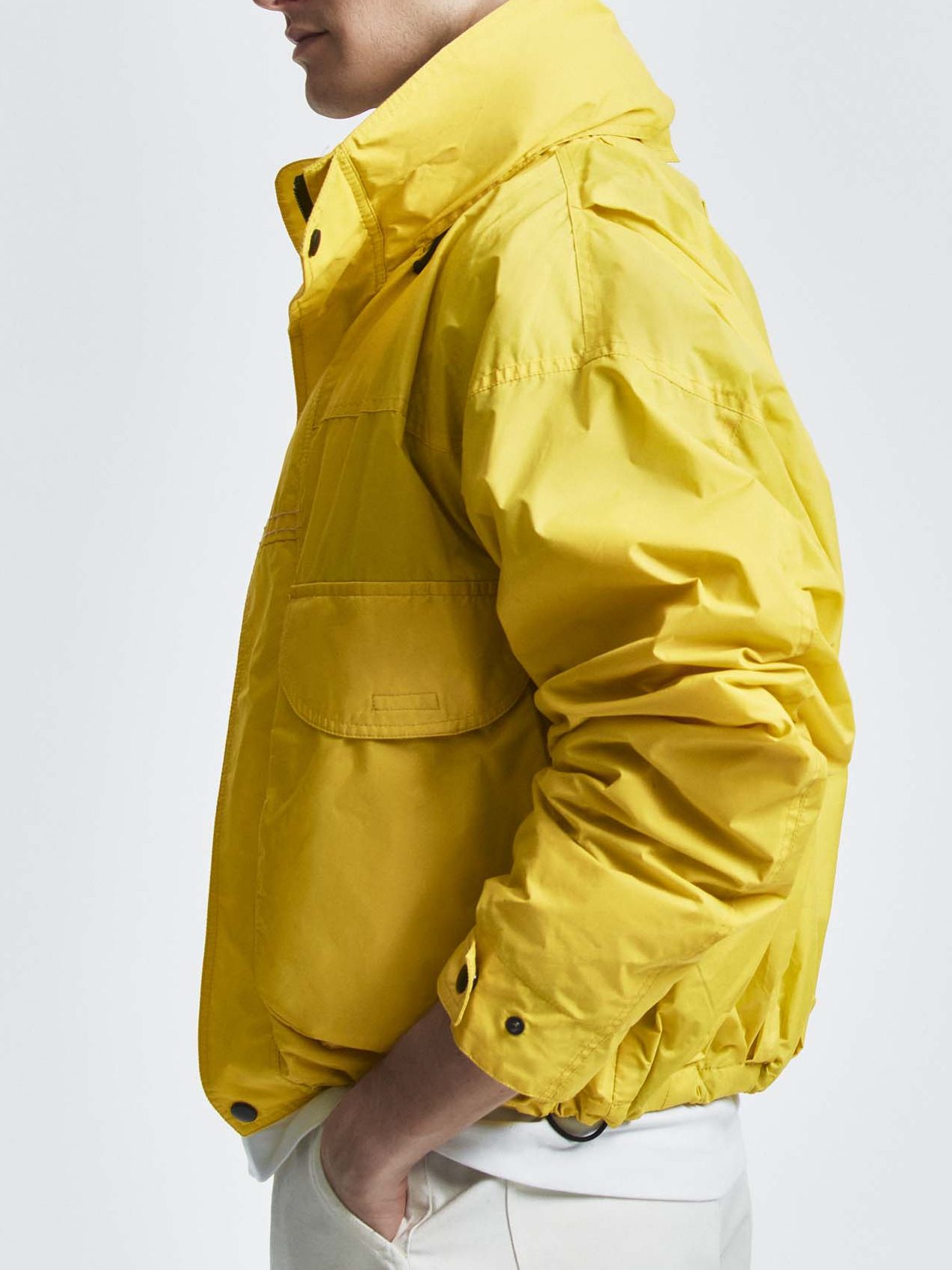
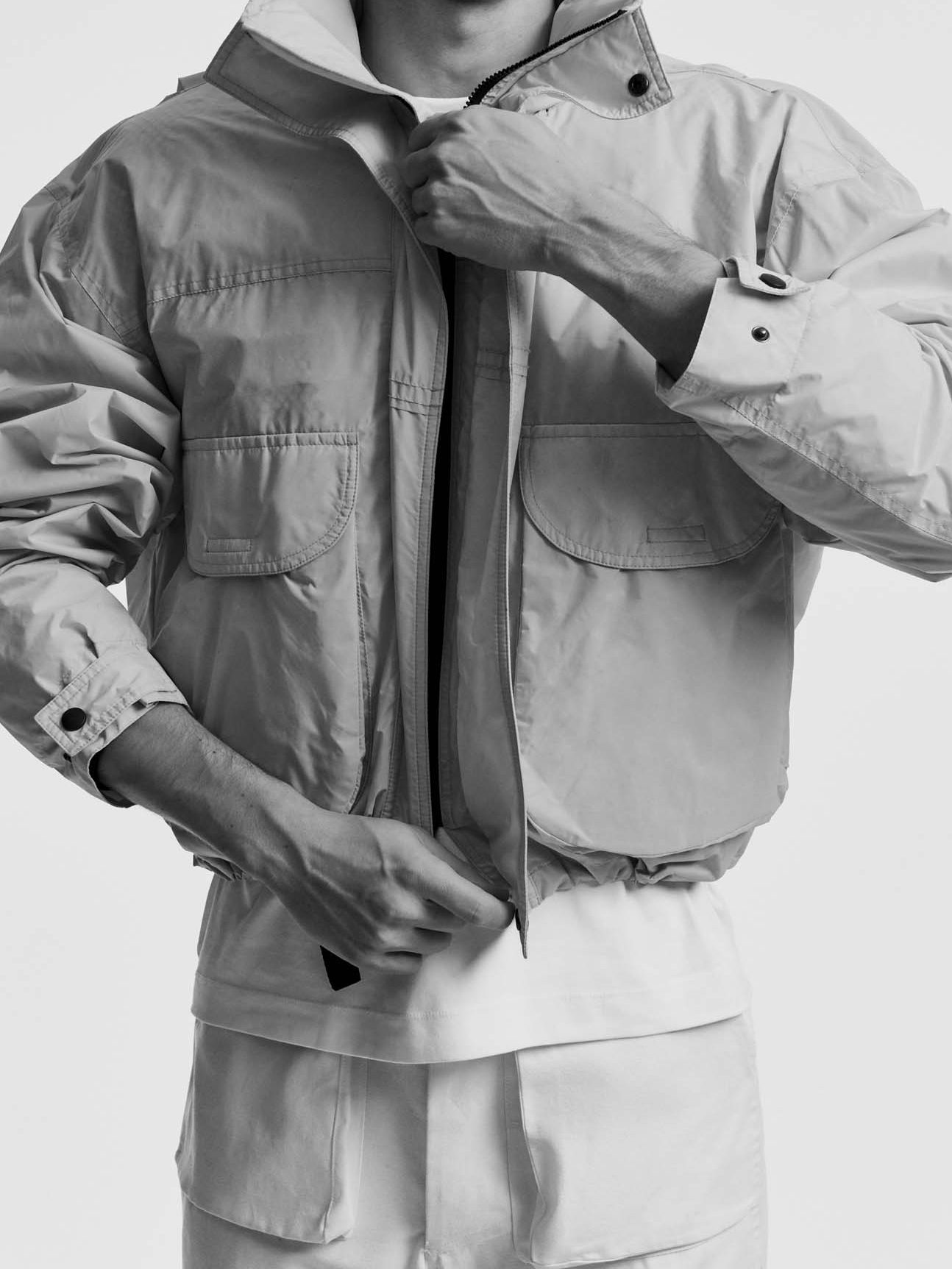
“A lot of my work stems from everyday life and what I call ‘the times in between’,” he says. “There’s a lack of clothes that you want to put on, that will get you through your day and stand the test of time. Being able to have comfort and functionality is almost a luxury.” This combination is evident in the brand’s cashmere-and-merino sweaters and its double-breasted jackets, which walk the line between classic and modern. “A lot of things have been made before so my approach has been to refine and elevate.”
connor-mcknight.com
10/25
Nikos Koulis
Greece
Jewellery designer Nikos Koulis has opened a new Athens flagship. “After a decade in the Kolonaki district, which has a bustling mix of shops, cafés and restaurants, relocating to Voukourestiou Street was both a strategic choice and an organic evolution,” says Koulis. The new space, designed with London studio Bureau de Change, reflects Koulis’s ambitions to work with design and jewellery connoisseurs; labels from Hermès to Prada and Cartier have long been based in the area.


Koulis has built an international reputation for his unusual stones and art deco designs. The new flagship reflects his flair for contrast and artful interiors. “My jewellery caters to individuals who don’t feel the need to conform,” he says. “They know exactly what they want.”
nikoskoulis.com
11/25
Ven Space
USA
When Chris Green opened his multi-brand menswear boutique, Ven Space, in Brooklyn’s Carroll Gardens last year, he knew exactly what kind of business he wanted to run: an intimate neighbourhood shop with a steadfast loyalty to the bricks-and-mortar experience. Ven Space, which stocks a thoughtfully selected range of luxury clothing, shoes and accessories, doesn’t offer online shopping; if you want access to its meticulous curation, you have to come in. Green is on the floor every day. “Retail has drifted away from the idea of the shopkeeper,” he says. Ven Space (ven means “friend” in Danish) is open to the public from Wednesday to Sunday, while Mondays and Tuesdays are dedicated to private appointments.
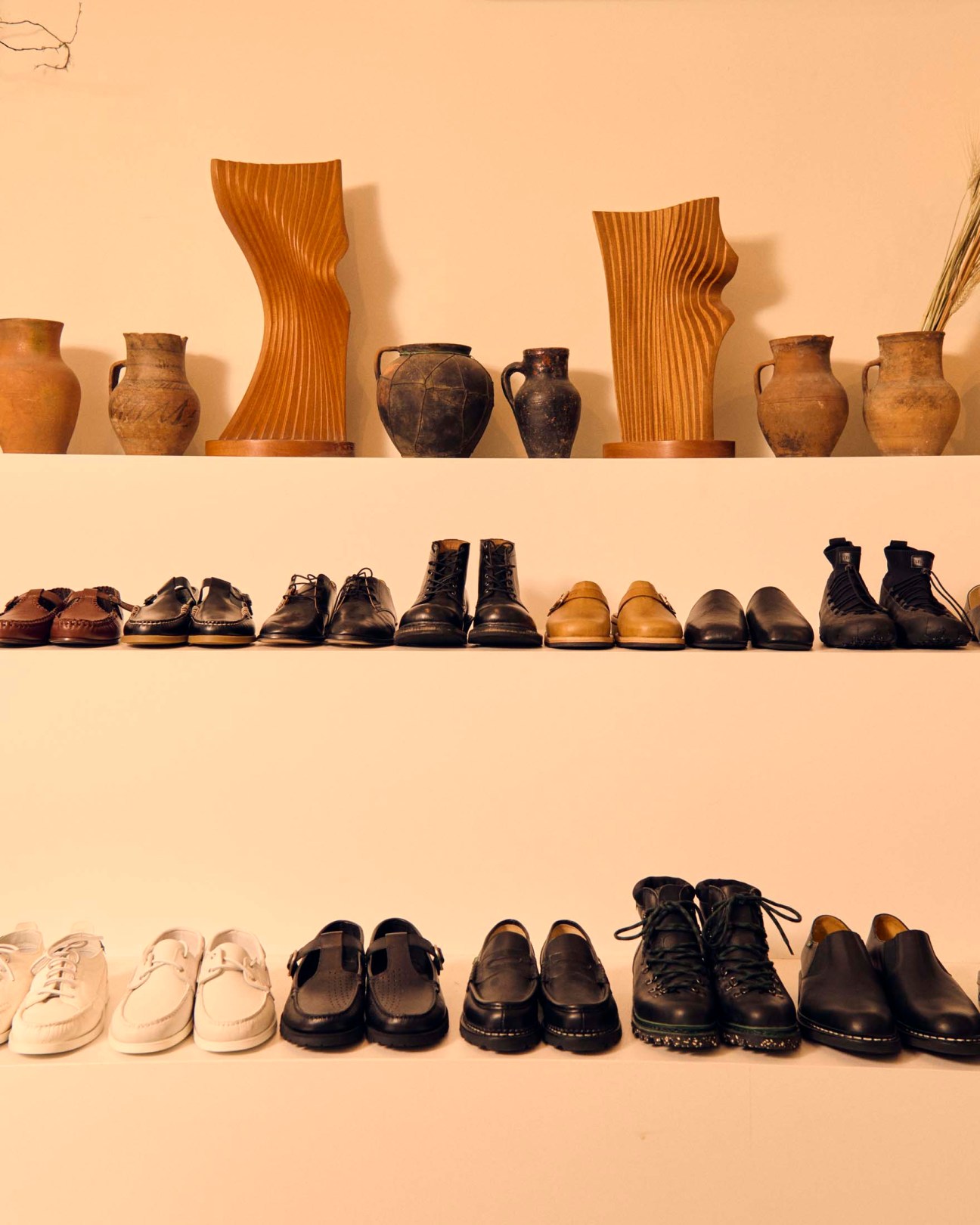
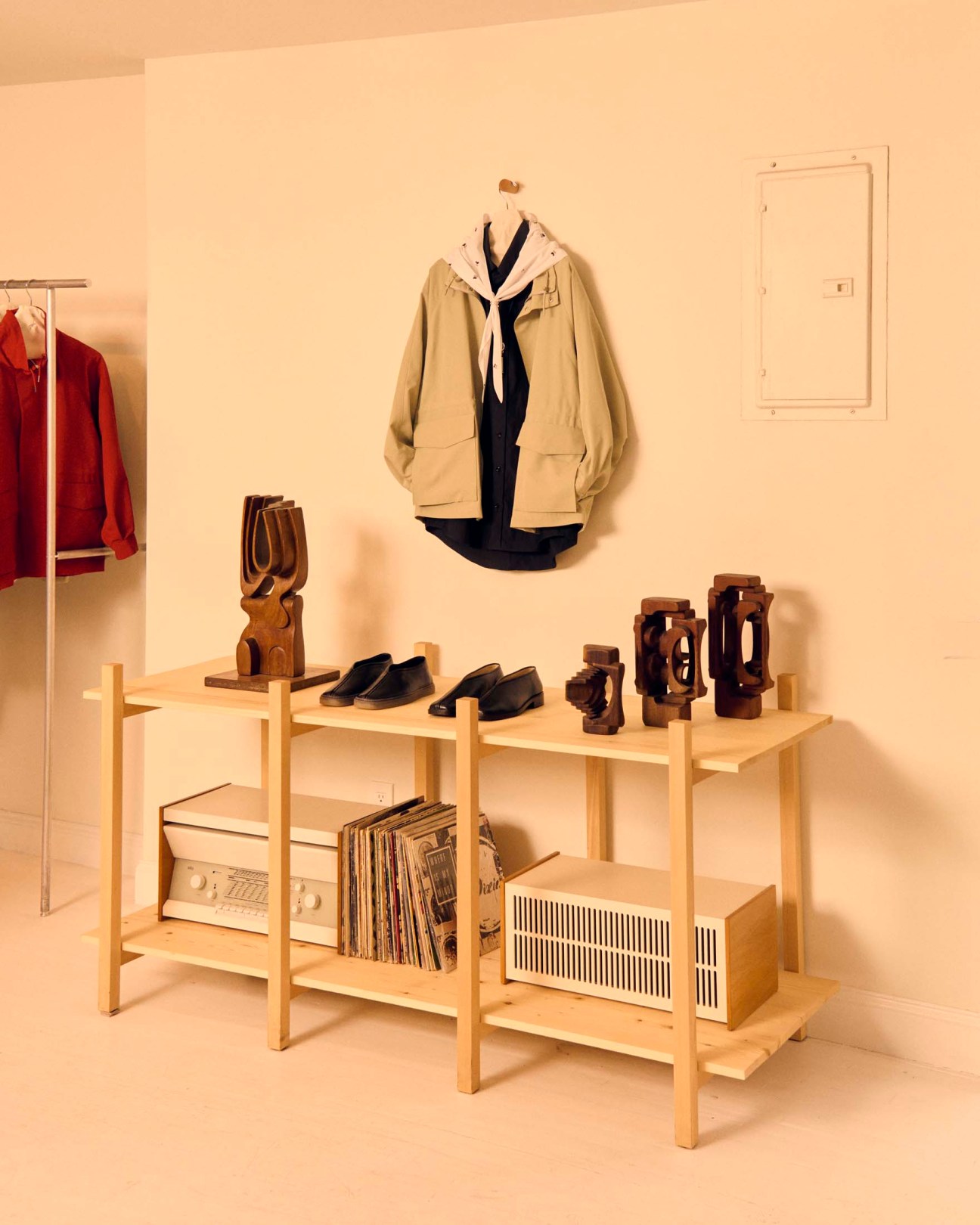

On the shop floor, you’ll find a mix of brands, such as Japan-based Auralee or Dutch label Camiel Fortgens. T-shirts from Our Legacy sit beside Dries van Noten button-downs and even the shapely ceramics dotted around the boutique are for sale. Green, who is a longtime resident of Carroll Gardens, hand-picks every item, guided by his personal taste rather than seasonal trends. “I don’t want to be everything for everybody,” he says. “If you try, you lose the strength of your idea and your point of view. So I started by thinking about what I would actually want to wear.” His commitment has paid off. Despite opening just six months ago, Ven Space has already gained a devoted following, with regular customers popping in to snag new launches. “We pride ourselves on getting to know the people coming through the door,” says Green.
ven.space
12/25
Q&A: Tolu Coker
UK
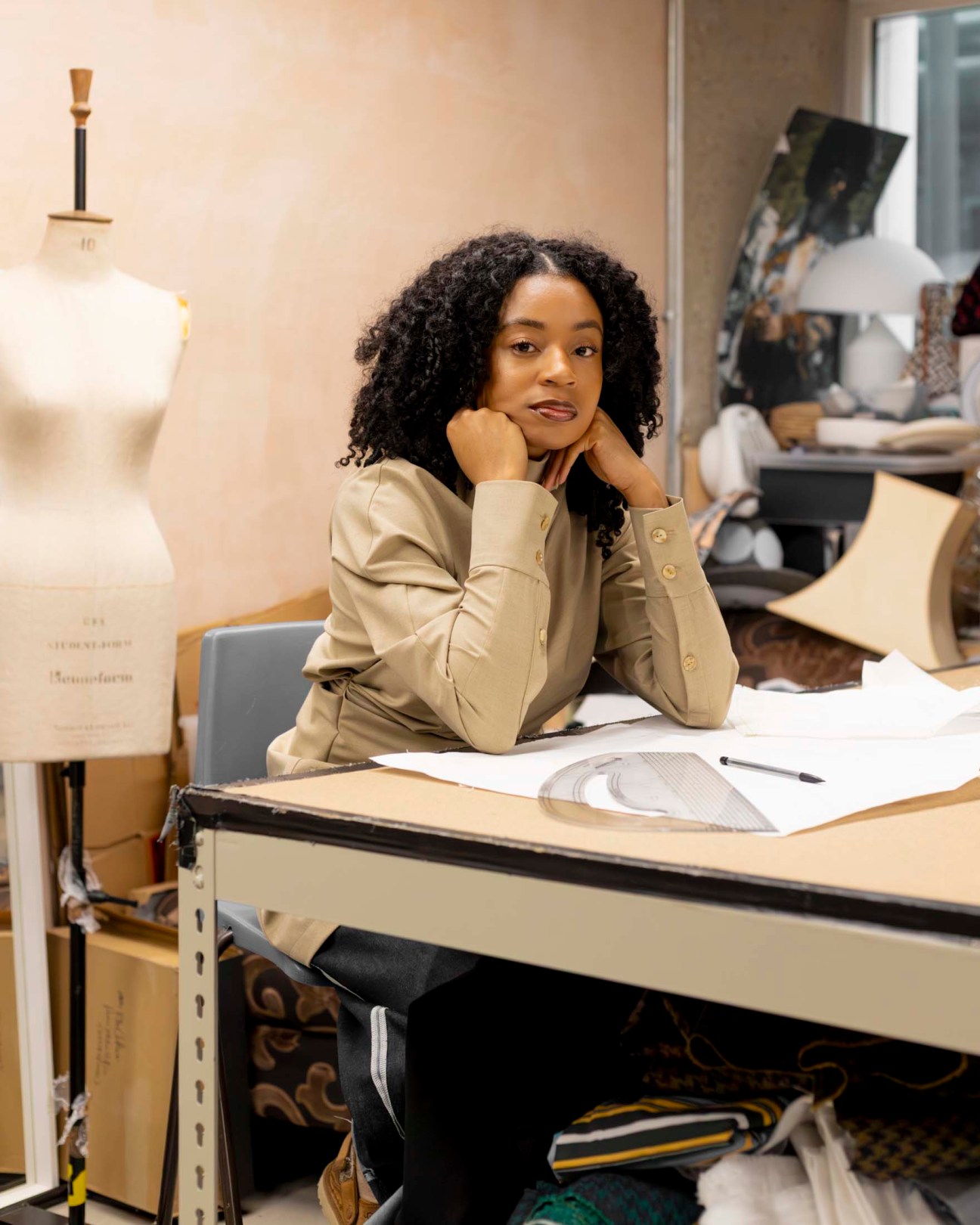
Coker is a British-Nigerian fashion designer who founded her brand in 2021. She draws inspiration from her Yoruba heritage while injecting a modern sensibility into tailoring. She is also among the semi-finalists for this year’s prestigious LVMH Prize. Here, she talks about the importance of putting emotion back into design and the art of tailoring.
What is your design process?
I lead with feeling. My research always starts with conversations and imagery but when I start creating, it becomes more instinctive. It’s similar to being in a state of meditation. I also consider the notion of value: the way we value clothes goes beyond the item itself. In fashion, this is usually equated to a high price point to create aspiration but there are also other factors to consider, such as our emotional connections to clothing. These are my starting points.
How do you approach tailoring?
Continuous fittings play a big part. I’m always thinking about form and how the body feels when it’s enclosed in something. When you’re designing it can be so conceptual that you forget that it’s about dressing people. Your process isn’t more important than the process of someone stepping into the garment.
What are your tricks of the trade?
There are zips or exaggerated sleeves that I often turn to. I’m always adding pockets to dresses. I love comfort and functionality.
tolucoker.uk
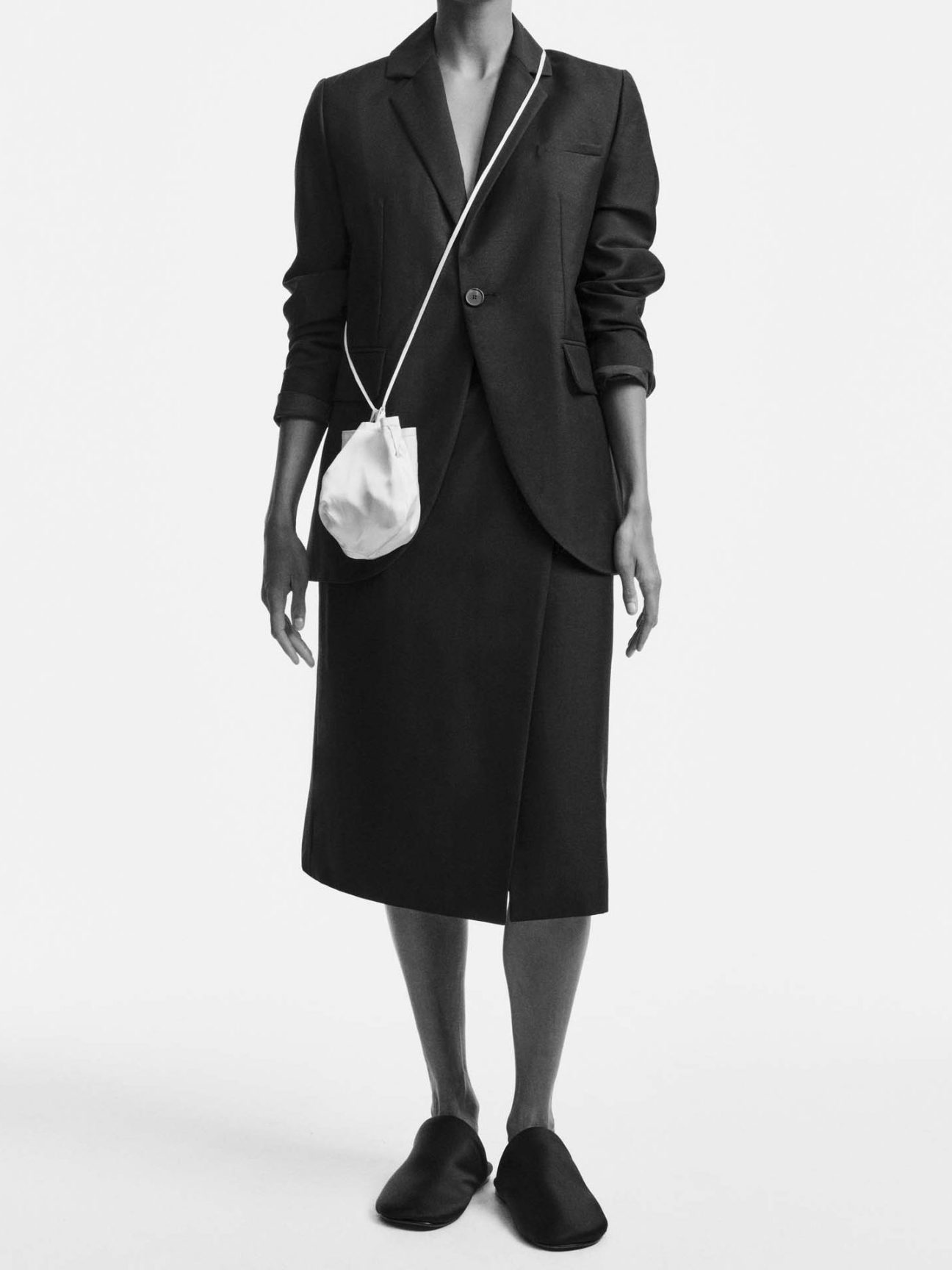
13/25
Bambou Roger-Kwong
France
“It’s all about the shape of a garment,” says Bambou Roger-Kwong, a former stylist who founded her eponymous label in 2022 in Paris. Her attention to detail, background in styling and mixed heritage (she was born in Paris to a Chinese mother and French father) inform her collections, which feature seemingly simple designs that can easily be transformed with a knot or a strategically placed button.
“When you look at a piece on the hanger it can seem basic but it’s all about the styling,” says Roger-Kwong, pointing to her signature pieces such as apron dresses and button-embellished wrap skirts.
They are all produced in a family-run factory in Portugal, using deadstock fabrics sourced from LVMH-owned facilities. Ceramic accessories, handcrafted at the designer’s Paris studio, add the perfect finishing touches.
bambourogerkwong.com
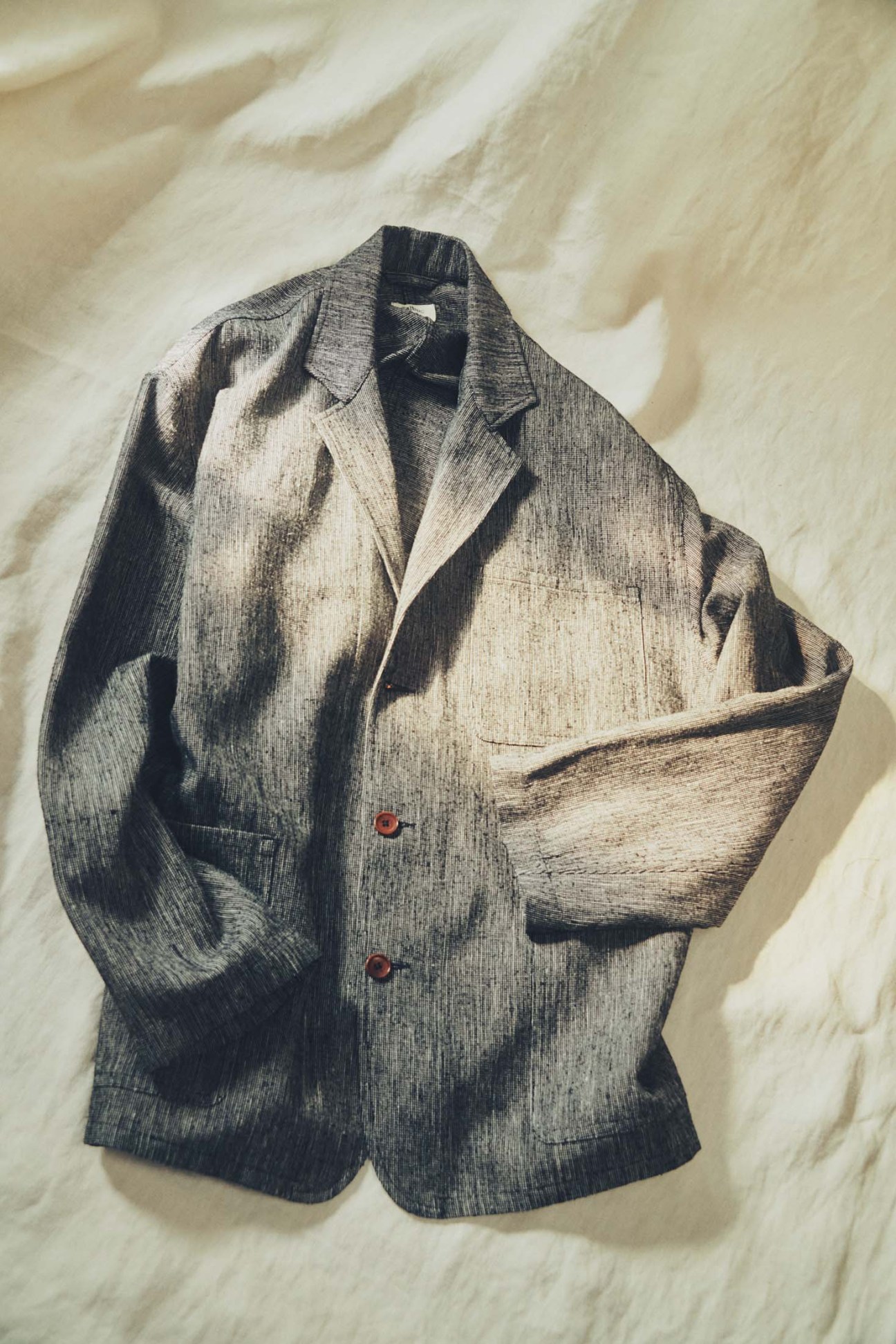
14/25
Gajiroc
South Korea
In the world of luxury menswear, influence is quickly shifting from large-scale runways and globally recognisable names to under-the-radar specialists, technicians and craft obsessives. At Paris Fashion Week men’s, the most exciting moments took place away from the catwalks and celebrity front rows and inside intimate, often hard-to-find showrooms. South Korean designer Gi Tae Hong’s set-up in the 10th arrondissement, was one such space.
In a compact, serene apartment, Hong invited editors and buyers to discover his chocolate-brown alpaca coats, left undyed to be extra soft; mud-dyed sweatshirts, handcrafted on Japan’s Amami island; and cashmere knits from Italy. “I aim for the best quality and best fabrics,” says the designer, who previously worked with San Francisco-based Evan Kinori.
When he moved back home, he wanted to create an antidote to the mass-produced, commercial lines that had taken over South Korea. He dedicated his early training to craft, learning everything from shoemaking to pattern cutting and shirtmaking. “When I can’t find someone to craft my designs, I just do it myself,” he says.
gajiroc.com
15/25
Convenience Wear
Japan
Convenience stores, known as konbini, are an indispensable part of life in Japan, though they have mostly shunned fashion. This changed when Family Mart, the country’s second-largest chain in the sector, teamed up with designer Hiromichi Ochiai to launch Convenience Wear. The clothing line started small but rarely has a brand taken off so fast: its unisex crew socks flew off the shelves, with 1.4 million pairs being sold in a year. “In Japan, the konbini represents a feeling of stability and safety so I wanted to express this very clean image,” says Ochiai, who worked with graphic designer Takahiro Yasuda and his team Cekai on the line’s sleek branding. “In many ways, the konbini is a difficult environment for selling clothes,” he says. “There’s so much going on and the 24-hour lighting is tough.” That’s why his designs focus on simplicity and functionality. You can now buy everything from Convenience Wear T-shirts to sandals and handkerchiefs.


Ochiai, who has his own label, Facetasm, is already thinking of new categories, such as trainers. “We want products to be simple enough for people of all ages, occupations and nationalities to understand immediately,” he says. With Nigo, Kenzo’s celebrated artistic director, now also on board as the wider company’s creative director, expect to see more product collaborations, refreshed shop interiors and bold marketing campaigns from Family Mart.
family.co.jp
16/25
Lafaurie
France
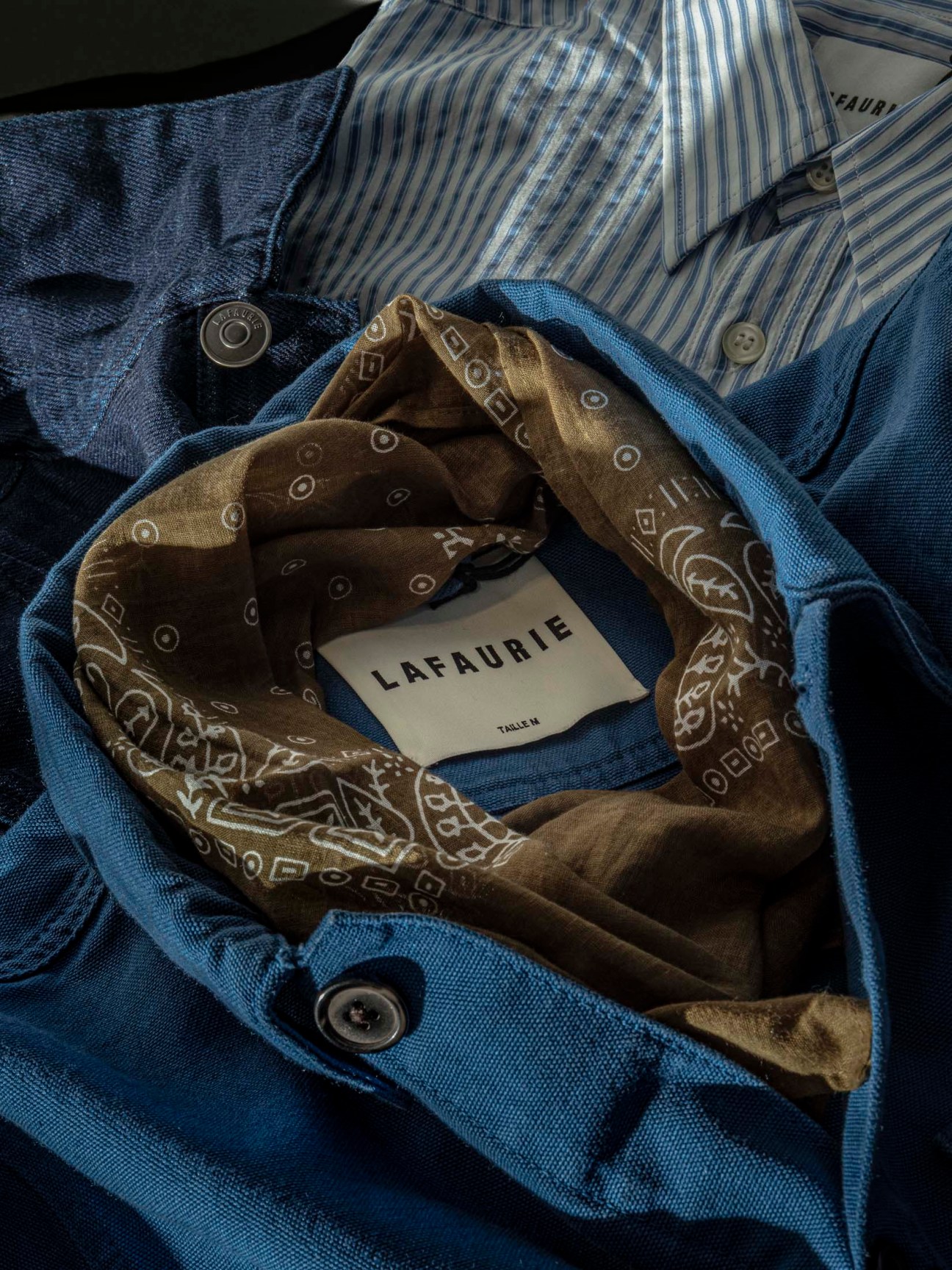
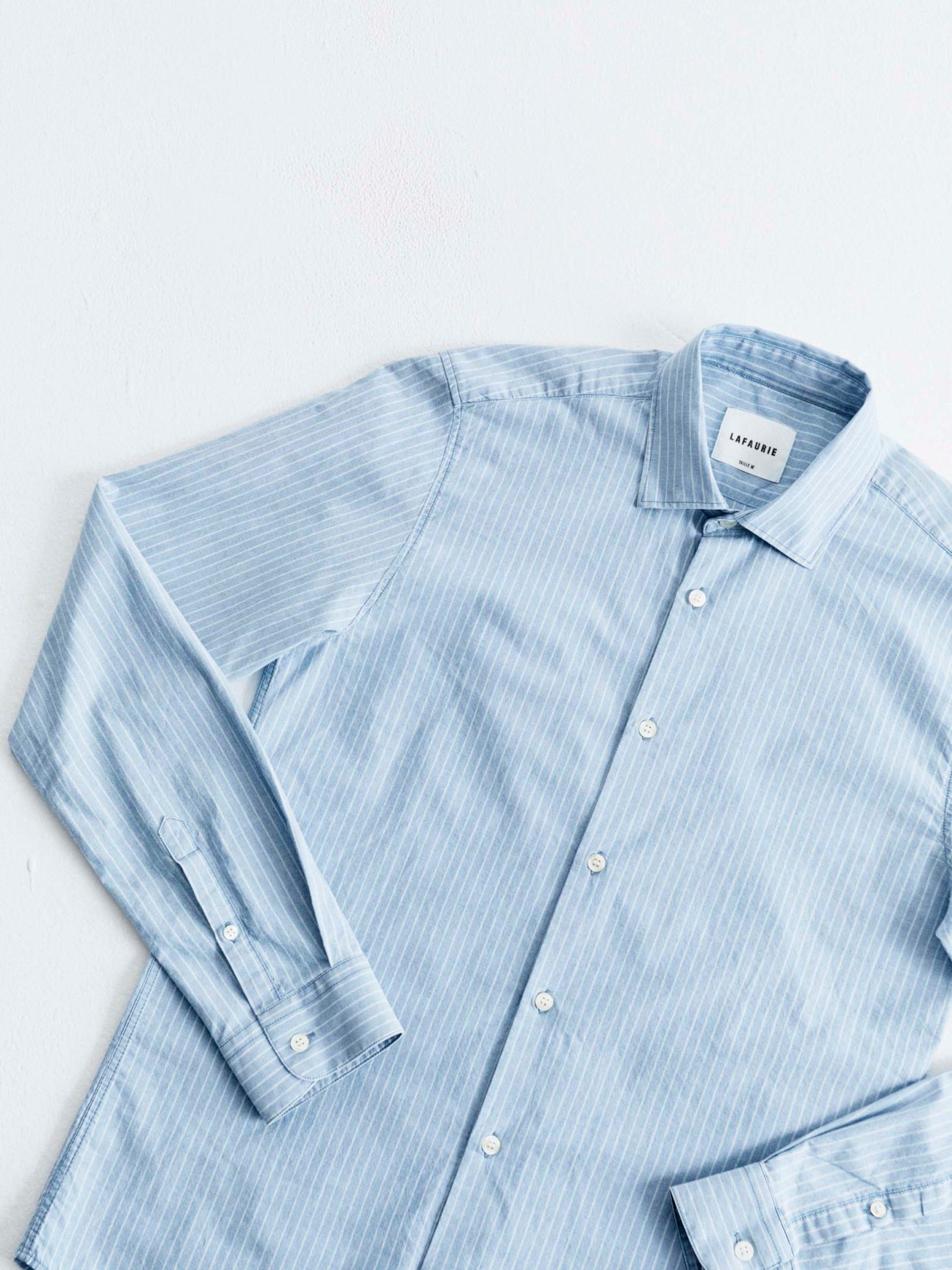
Lafaurie is a study in Parisian style. “It’s the art of standing out without going over the top,” says Théo Lafaurie, who co-owns the menswear label with his brother, Pablo. The brothers inherited the label from their father and have continued to build on its commitment to high-quality manufacturing by working with the family’s network of artisans and manufacturers in Europe. They have finessed relaxed blazers and trousers that provide an elegant alternative to formal tailoring. “We like to play with dress codes and provide suits that aren’t too tailored or formal,” says Théo.
lafaurieparis.com
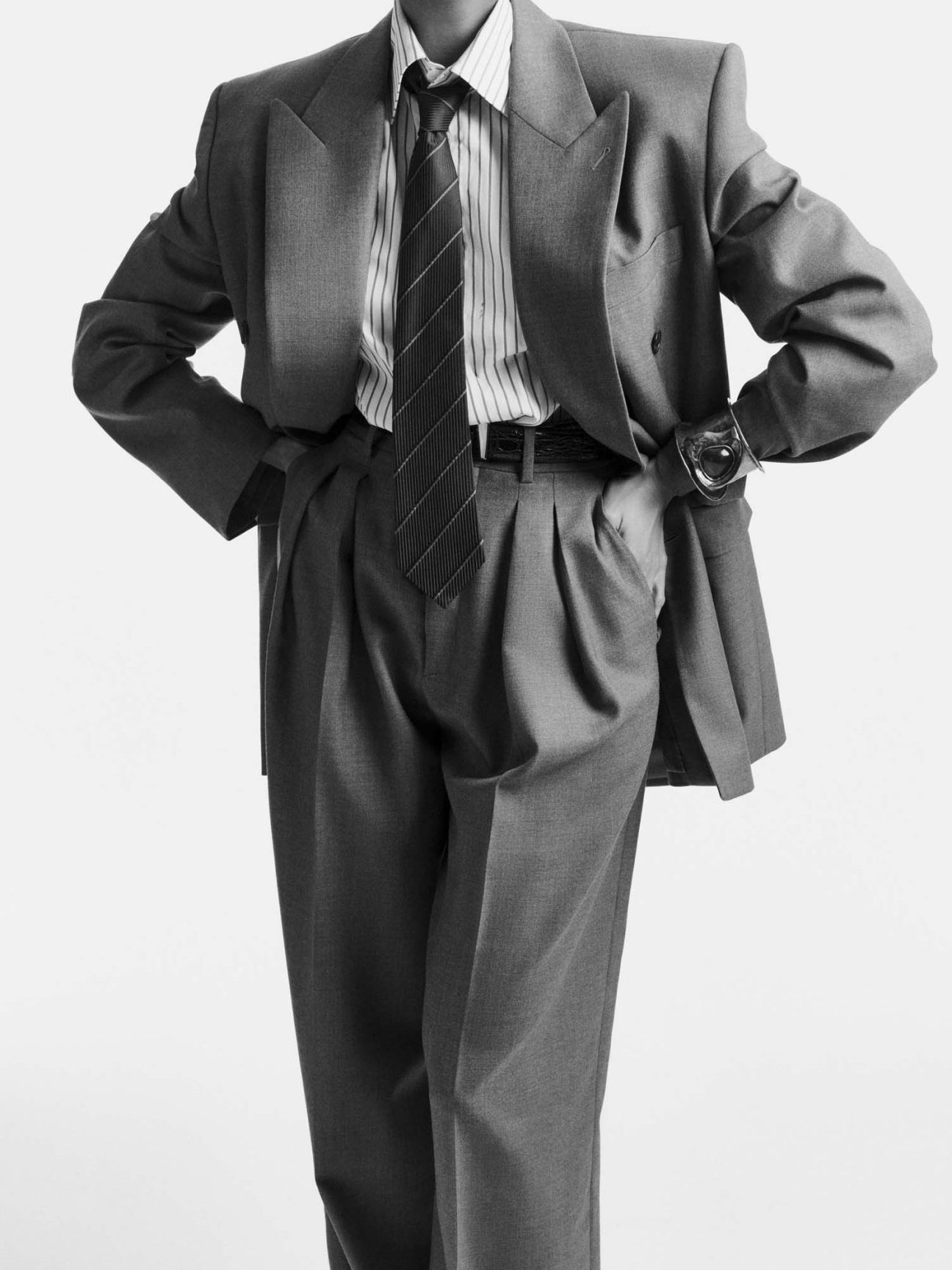
17/25
Saint Laurent
France
Even amid the slowdown in the luxury market, the desirability of Saint Laurent’s clothing hasn’t waned, mostly thanks to the way that the brand’s creative director, Anthony Vaccarello, constantly reinvents its codes. For spring he recreated the tailored uniform of founder Yves Saint Laurent: double-breasted blazers with broad shoulders and pleated trousers, paired with patterned ties and black-framed glasses. It’s a simple yet effective formula that makes a compelling case for a sharp jacket.
ysl.com
18/25
Watches
Global
Bold or understated? There’s something for everyone in this timely spring selection of watches. Cartier’s Baignoire, with its sleek oval face, is a modern-day classic, while Longines’ Mini Dolcevita features an alligator strap that will bring a touch of restrained elegance to your wrist.
If you want diamonds, look to Chanel’s J12 Diamond Bezel watch, which marries highly resistant ceramic with precious stones. This dazzling combination can also be seen in Hublot’s aptly named Big Bang watch, which contrasts a steel base with diamond details.
cartier.com; longines.com; chanel.com; hublot.com
19/25
Neighbour
Canada
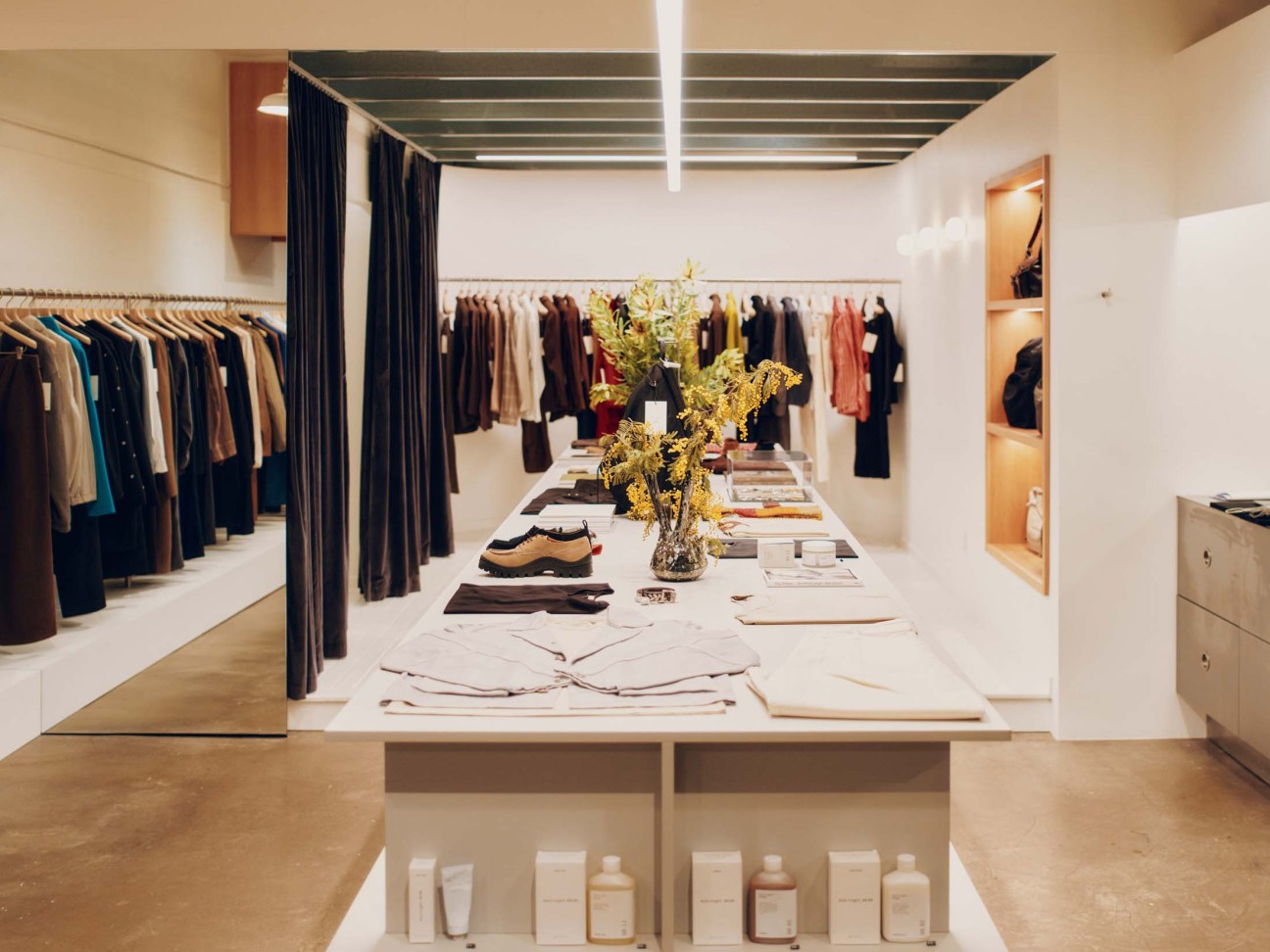
When Saager Dilawri founded multi-brand boutique Neighbour in Vancouver’s Gastown district in 2011, he sought to create a sartorial hub for people who were interested in craftsmanship without the pretension. “New York shops felt a little too cool for school,” he tells Monocle. “I wanted an approachable space, where someone could come in to talk to me about clothes and I could learn from them too.” At the time, there were only a handful of menswear boutiques in the area, focusing on streetwear or premium luxury. “I have always been more interested in Scandinavian design so I felt that I could offer [customers] a different option,” he adds. Since then, he has introduced numerous brands to Canada, including Swedish stalwart Our Legacy.

His love for high-quality fabrics also led him to Japan, where he forged partnerships with labels such as Auralee and Comoli. For a business that operates locally, it has a decidedly global perspective – a reflection of Vancouver’s diverse make-up.
His online shop, often featuring atmospheric imagery from Tokyo’s yokocho alleys, has become a point of reference for menswear veterans across the globe. “When we started, most brands didn’t have an online shop, which gave us an opportunity,” he says. This combination of storytelling and craft is what keeps customers returning to Neighbour. “People want something different,” he says. “They want to know about the story behind the brand. That’s not going to go away.”
shopneighbour.com
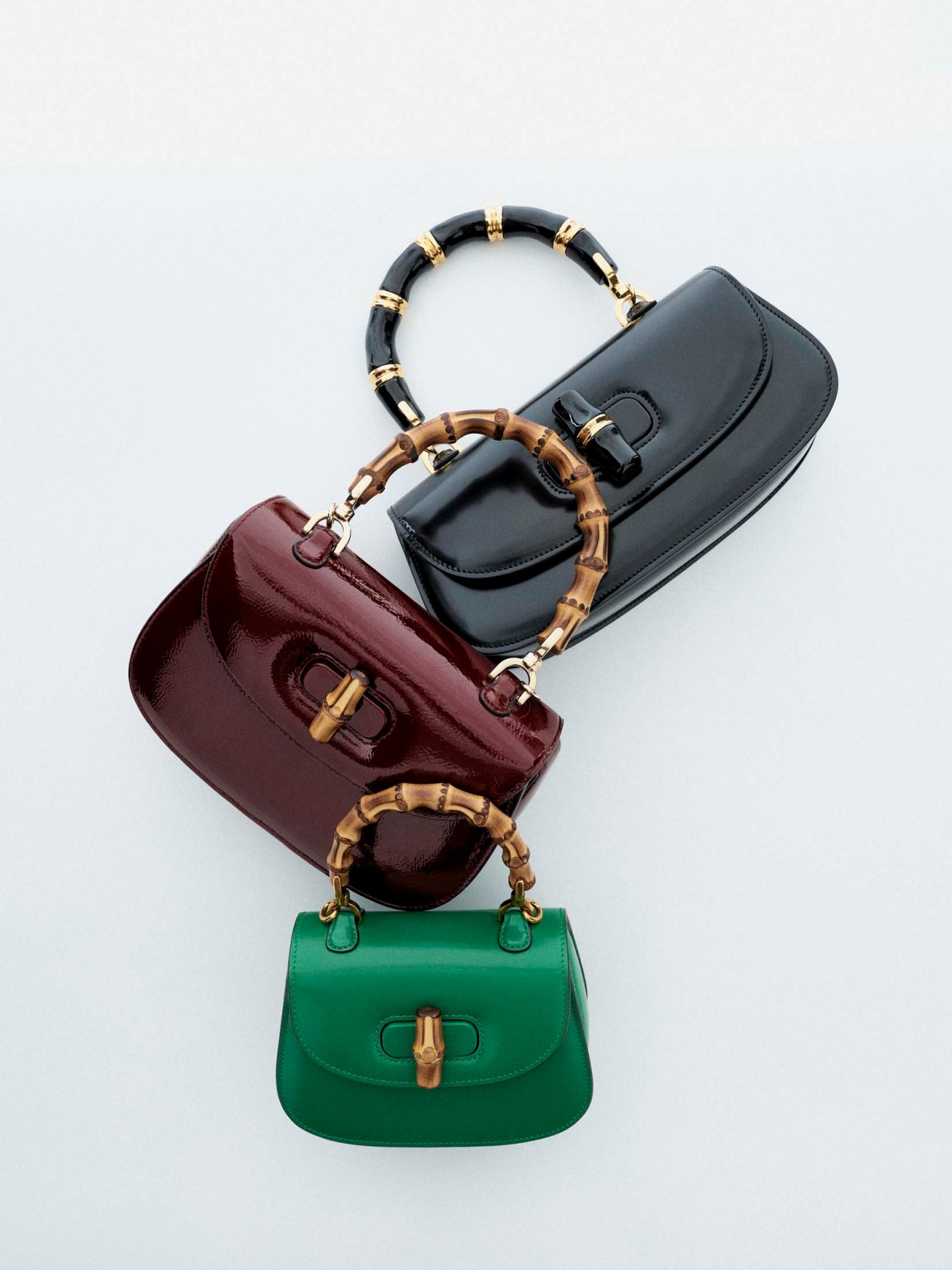
20/25
Gucci
Italy
Italian label Gucci might be going through a period of transition following the exit of creative director Sabato de Sarno in February but its heritage continues to win over luxury audiences. This spring the brand is returning the spotlight to its Bamboo bag, a house classic that dates back to 1947. It is being reissued in a variety of new shades, from classic black and ancora red to a seasonally appropriate green.
Silk scarves have also played a pivotal role in Gucci’s history. In the 1960s, Rodolfo Gucci commissioned the Flora silk scarf as a gift for actress Grace Kelly.
The house’s new scarf collection, The Art of Silk, features illustrations by nine artists. Take a leaf out of Kelly’s book and tie one of the scarves loosely around your neck, pairing it with a white shirt.
gucci.com
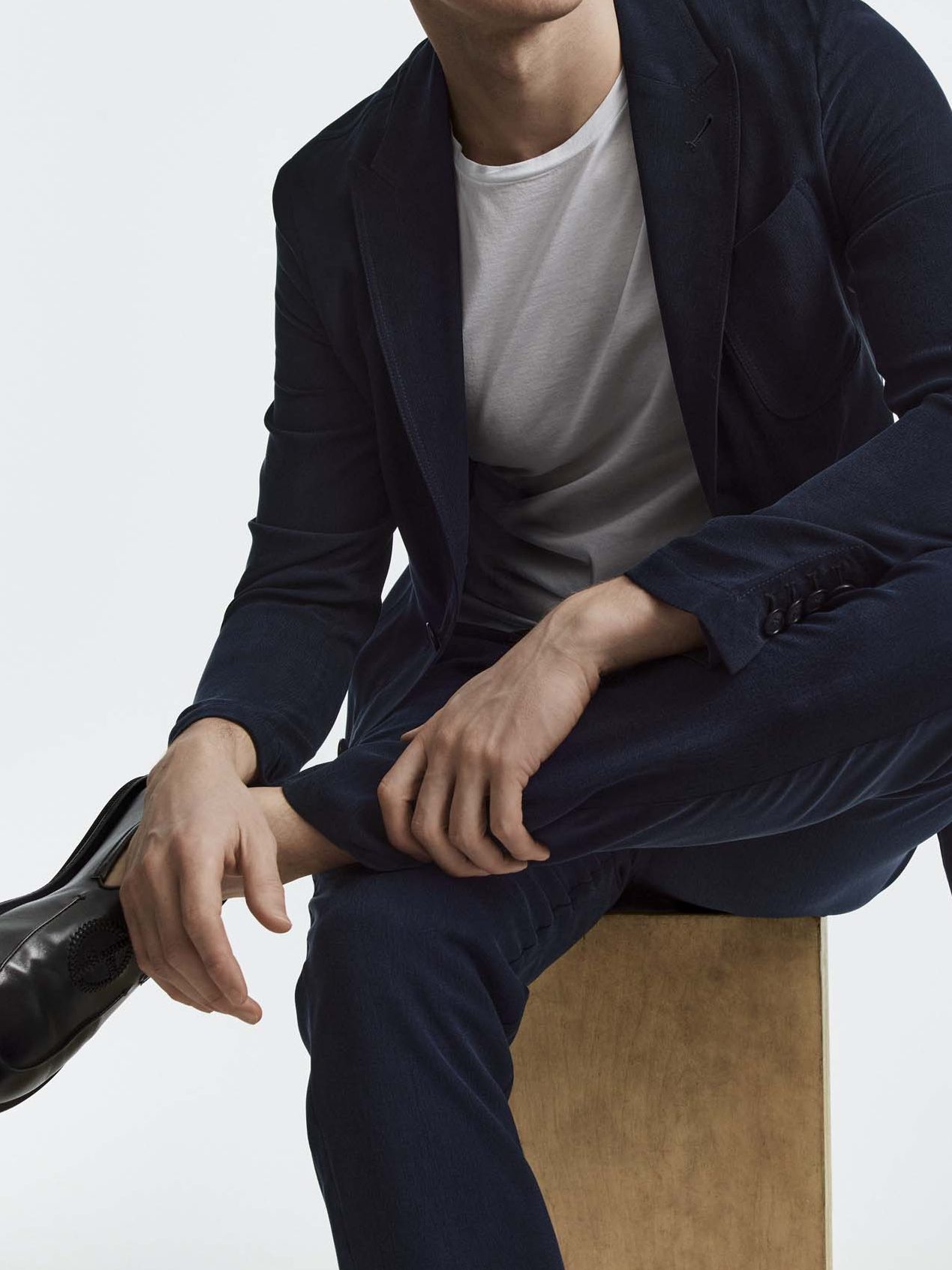
21/25
That’s So Armani
Italy
Italian fashion house Armani is enjoying something of a renaissance. The brand has recently celebrated the opening of its New York flagship, the renovation of its Via Manzoni outpost in Milan and a collaboration with US label Kith. Now a new line called That’s So Armani has made its debut. Featuring sleek, mostly monochromatic tailoring cut from high-quality materials such as vicuña wool and cashmere, the collection includes double-breasted blazers, trench coats and knitwear that will bring a touch of Milanese elegance to any wardrobe.
armani.com
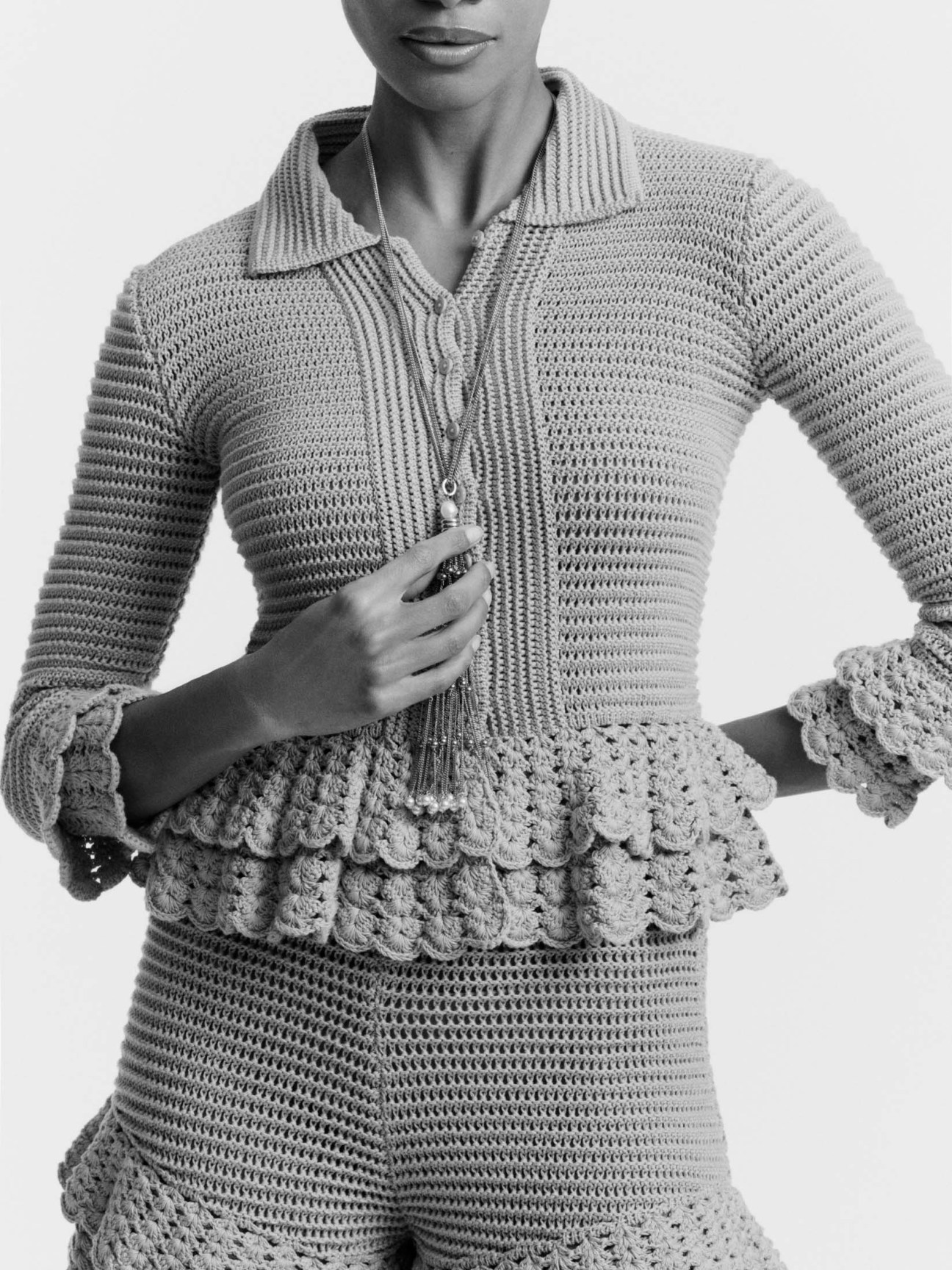
22/25
Chloé
France
German designer Chemena Kamali has breathed new life into Chloé, reinvigorating the brand with the free spirit and relaxed elegance that its founder, Gaby Aghion, was known for. The brand’s spring/summer collection consists of a range of easygoing crochet sets, maxi dresses and lightweight trench coats, which are paired with shell-shaped jewels and charming pillbox hats. These are looks to relax in while embracing carefree spring days.
chloe.com
23/25
KLH
Germany
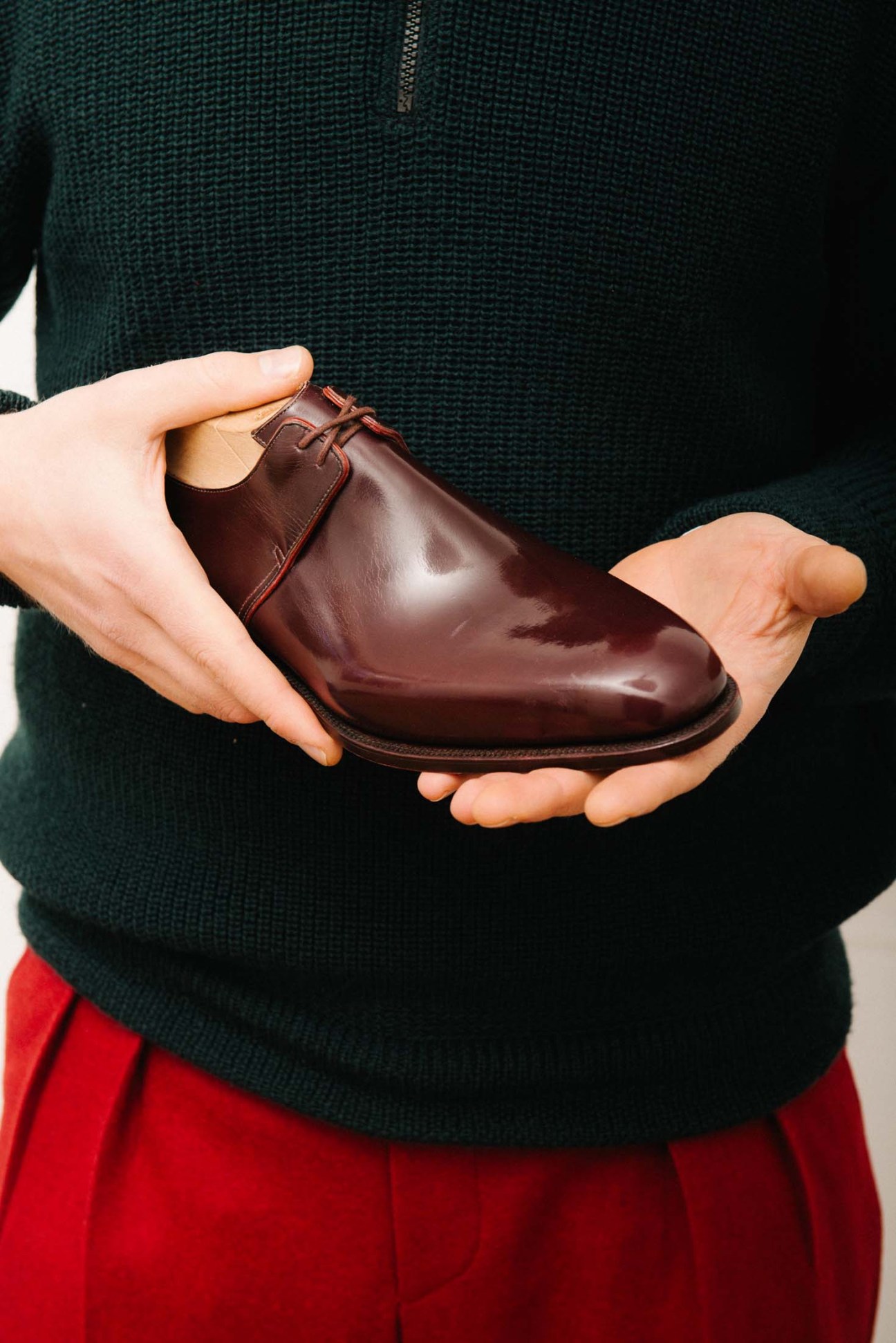
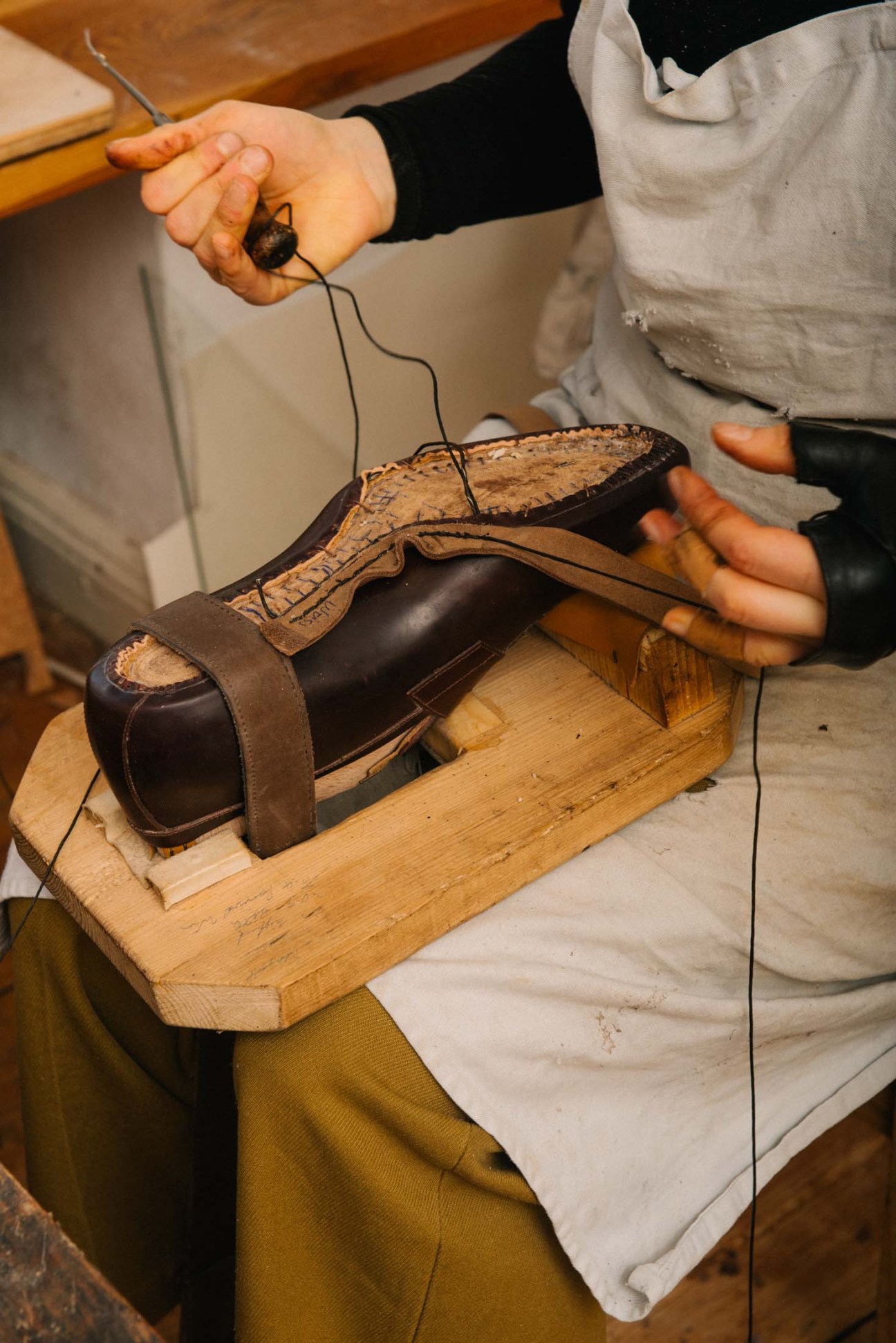
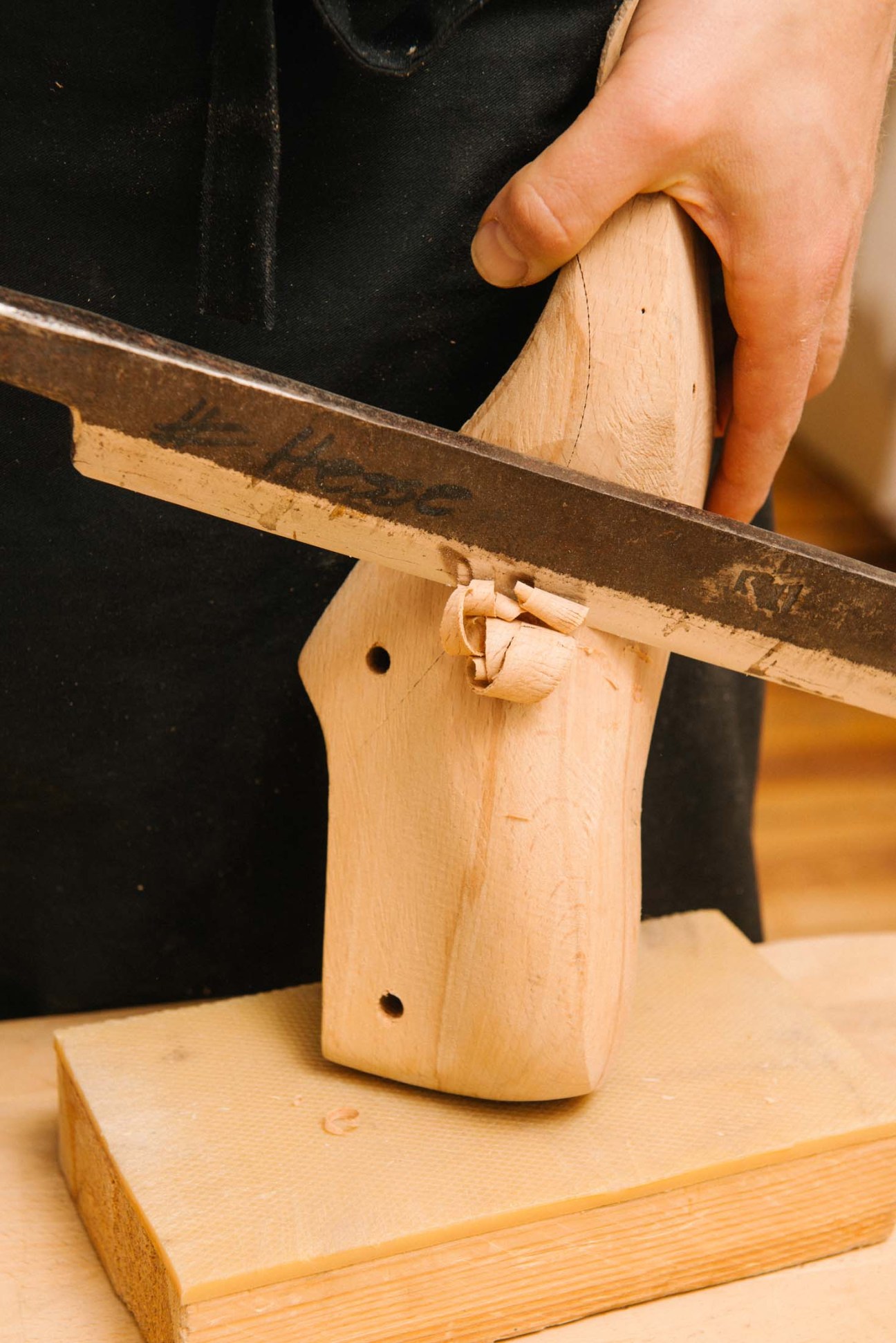
When shoemaker Korbinian Ludwig Hess opened a workshop on Berlin’s leafy Hohenzollernplatz in 2017, he started hanging the shoe lasts that he made for his clients on the wall. Some eight years later more than 200 sets line three sides of the atelier. They represent the well-heeled clientele that come to klh for bespoke dress shoes, Chelsea boots and ballerina flats, all of which are made using old-school techniques and require a six month wait. “It’s more about quality and aesthetics than about tradition,” says Hess, who honed his craft by working for Austrian shoemaker Rudolf Scheer & Söhne. “Machines just can’t do things as well as we do.” Hess can make a welted Viennese dress shoe as well as anyone but has also carved out a niche with boots and loafers that have slightly pitched, Western-style heels. He wants to recreate the feeling that he had when he bought his first pair of cowboy boots at the age of 16. “I remember putting them on and suddenly walking differently,” he says. “[The right shoes] can change who you are.”
klh-massschuhe.com
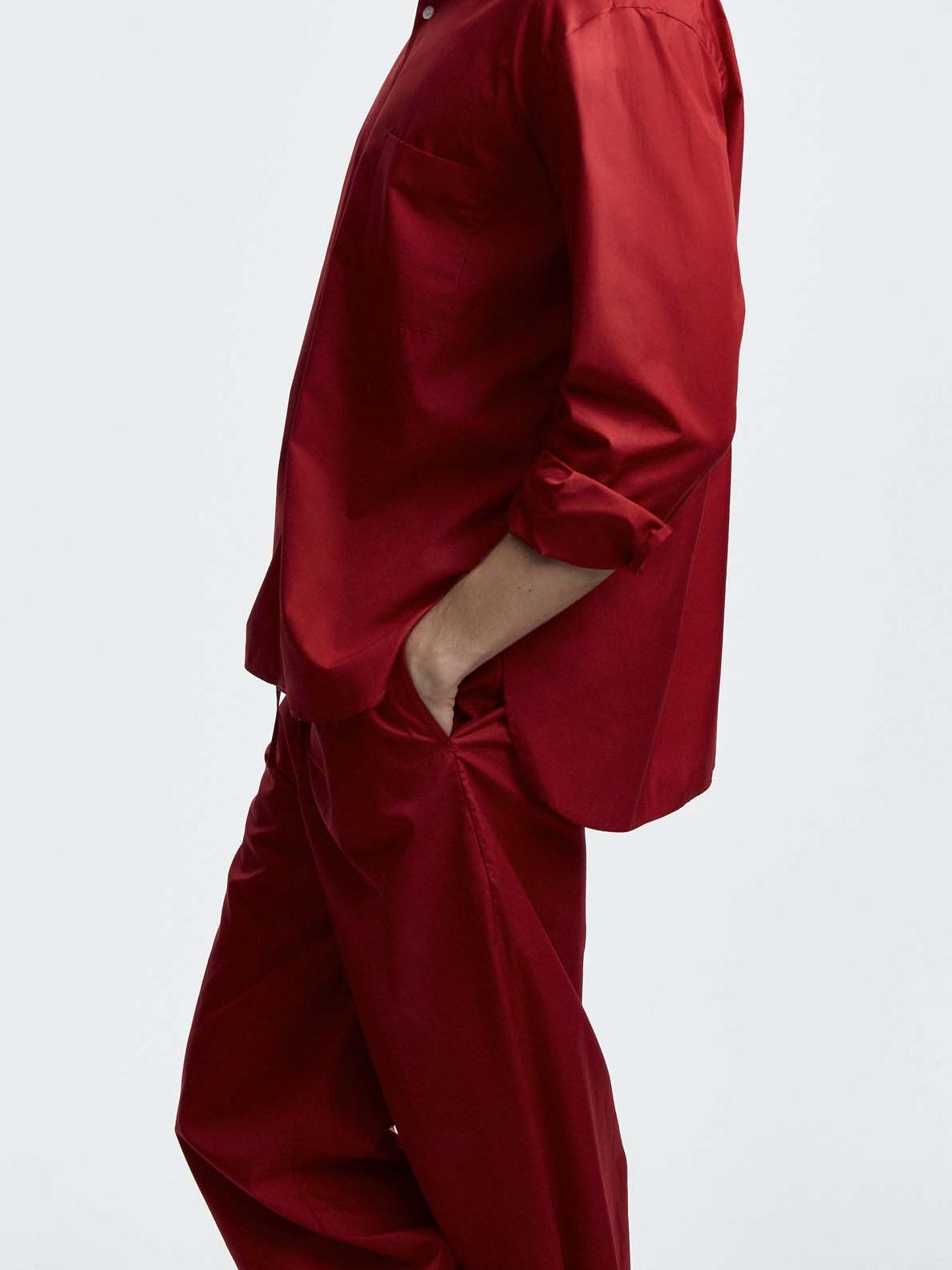
24/25
Cristaseya
France
Cristina Casini always asks herself what she would want to buy if she were a customer at Cristaseya, the Paris-based ready-to-wear label that she founded in 2013. “When I started I looked at everything that I owned for the cut or fabric,” she says. “Then I set out to make pieces that you could wear all of the time – clothes that would make you feel powerful because they were both elegant and comfortable.” More than a decade later, this remains an accurate way of describing the brand’s largely unisex clothing, which consists of oversized shirts, tapered trousers and tailored jackets.
To highlight the timelessness of the label’s designs, Casini works on only two editions per year, which feature a mix of new releases and reissues of existing designs. “Brands have to change so fast these days,” she says.
“Our customers feel tired of the overconsumption of fashion today. We prefer to focus on quality.”
The best way to shop for limited-edition Cristaseya designs is by appointment at the brand’s showroom-cum-boutique in Paris’s 9th arrondissement. It’s here, at the label’s industrial chic home, that Casini’s flair for intimate shopping and craftmanship becomes most evident. Signature fabrics, from Japanese washi-wool blends and denim from Marche to knits from Casini’s mother’s atelier in Reggio Emilia, can only be fully appreciated when seen in person.
cristaseya.co

25/25
Bottega Veneta
Italy
Bottega Veneta’s second collection of fine jewellery builds on last year’s debut. We have our eye on the label’s Alchemy set. The necklace holds 380 diamonds, as well as 19 black onyx and 19 green agate stones. It is handcrafted over a period of 15 days by the house’s expert artisans in Vicenza.
bottegaveneta.com





